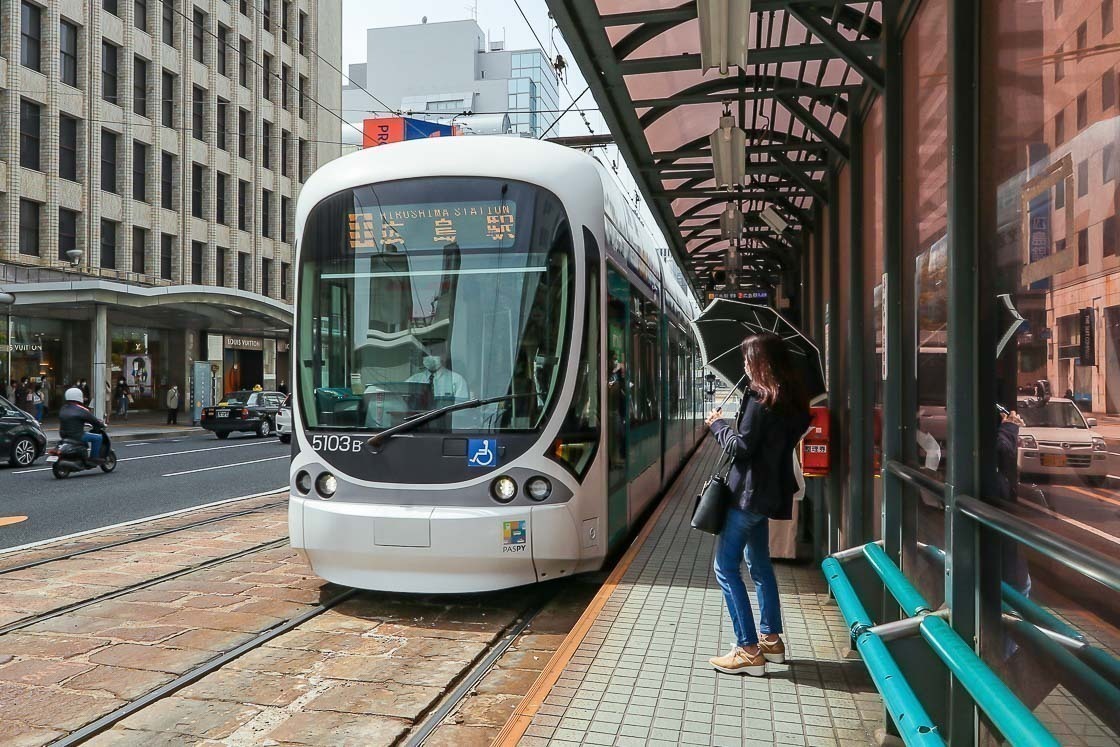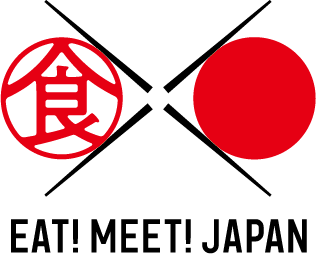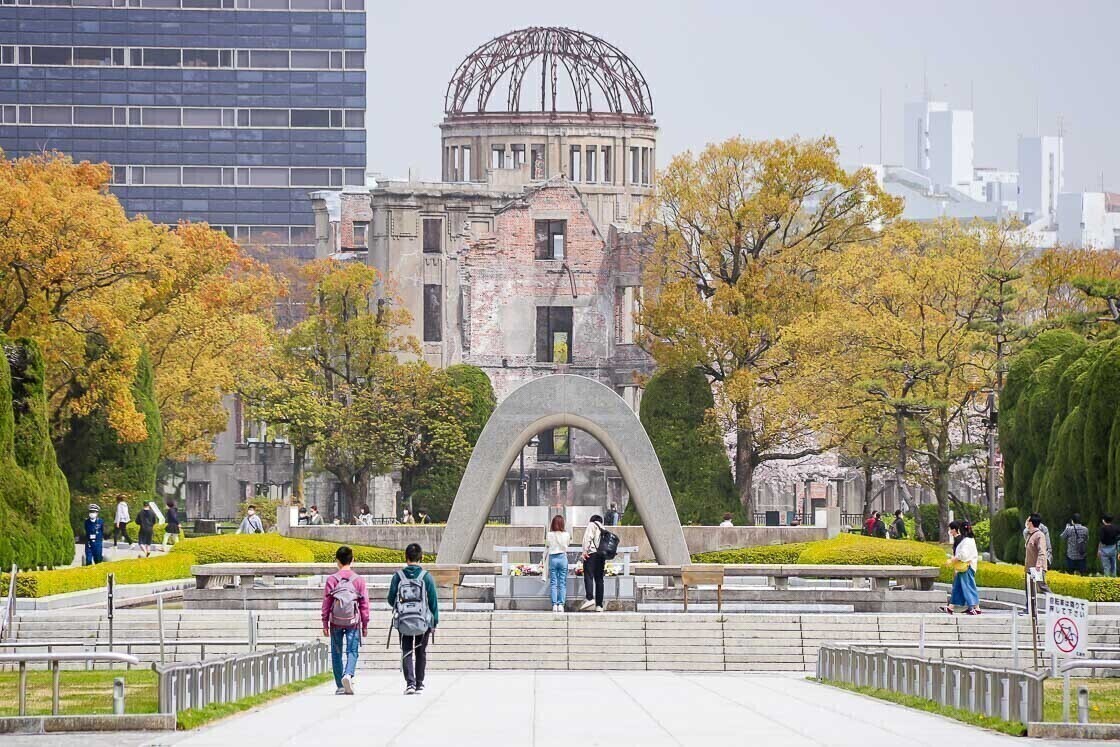Hiroshima is a city in western Japan under two hours from the Osaka metropolis or about four hours from Tokyo. The city holds the sorrowful reputation of being where the first atomic bomb was dropped on August 6, 1945, which virtually destroyed everything within a 2.5 kilometer radius from the hypocenter. It took years to rebuild the entire city from ground up, and today, the main sightseeing spots in the city are related to its painful past.
When it comes to cuisine, Hiroshima is known for its Hiroshima style okonomiyaki, which is a pancake-shaped dish held together by noodles and a thin crepe layer with an egg on top, and contains thinly sliced cabbage, bean sprouts, thin meat slices and other ingredients. The local Hiroshima style okonomiyaki is a dish not to be missed when in the city. There are plenty of okonomiyaki restaurants, from ones featured in the Michelin Guide to well-loved establishments with snaking lines. The savoury dish is a favorite for many, including locals who have their preferred restaurant and style of eating.
Food-related experiences like making okonomiyaki in Hiroshima can give visitors a better understanding of the dish and the food culture in the region. On this trip, I headed to Okosta at Hiroshima Station, for my Hiroshima style okonomiyaki cooking experience. This experience won the top prize in the Eat! Meet! Japan project, which is aimed at providing visitors unique Japanese experiences by using the local food culture as its main theme. More information about the Eat! Meet! Japan project can be found here.
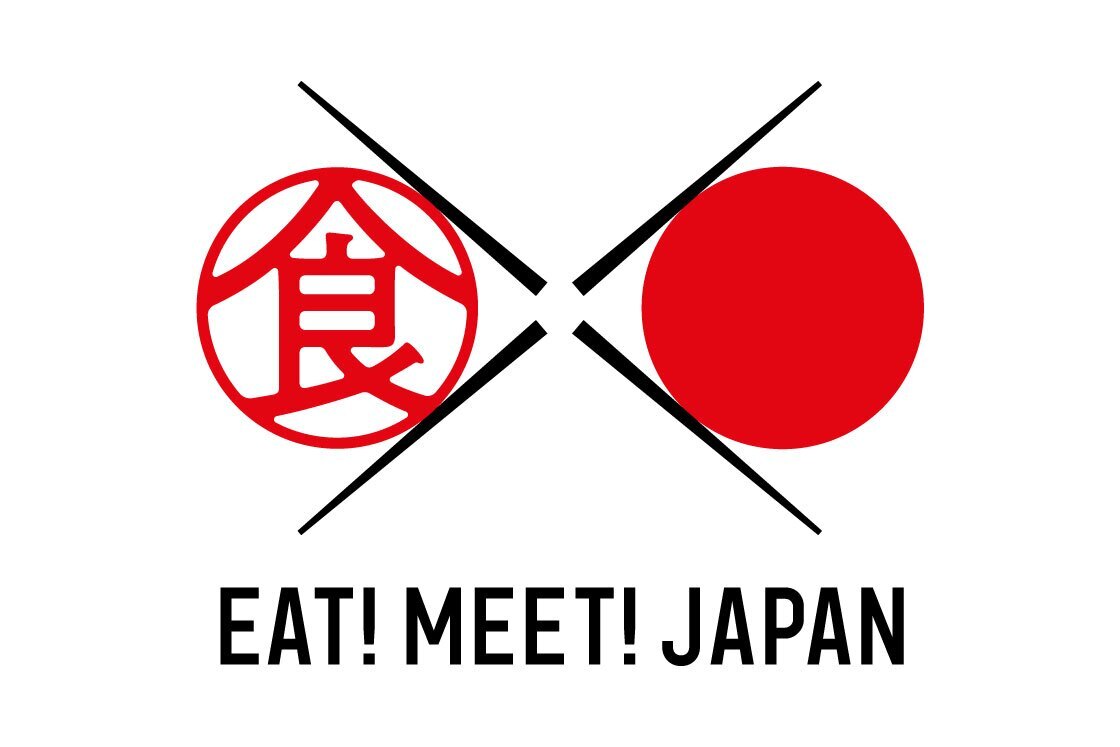
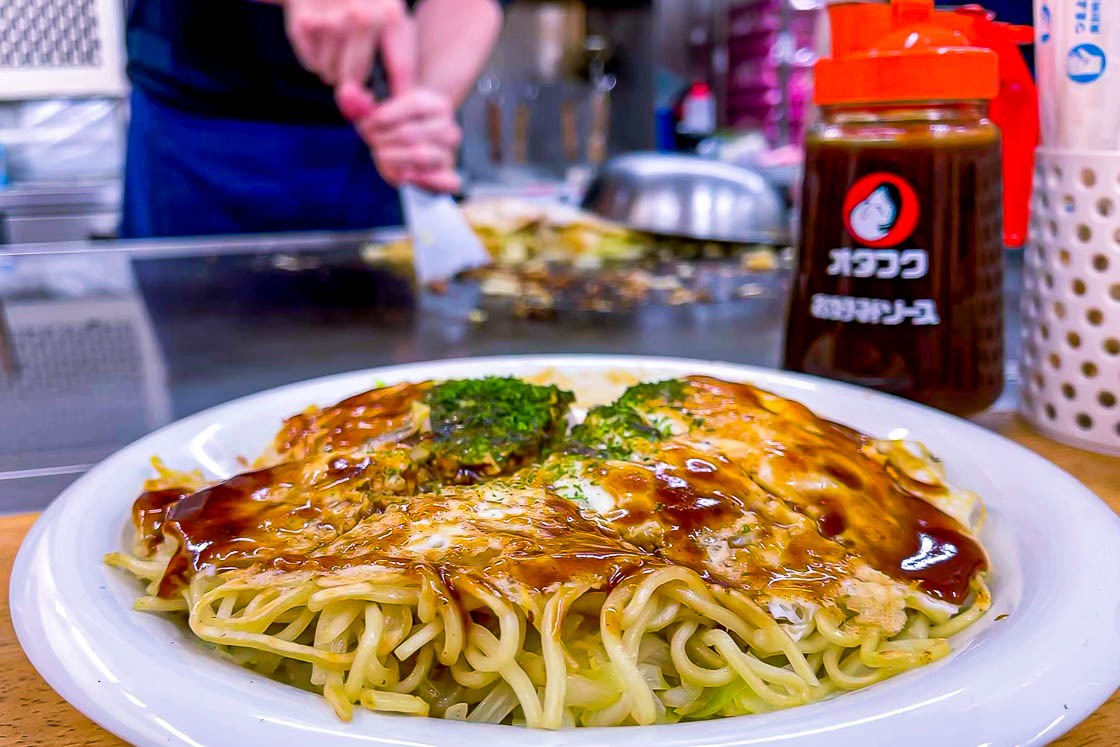
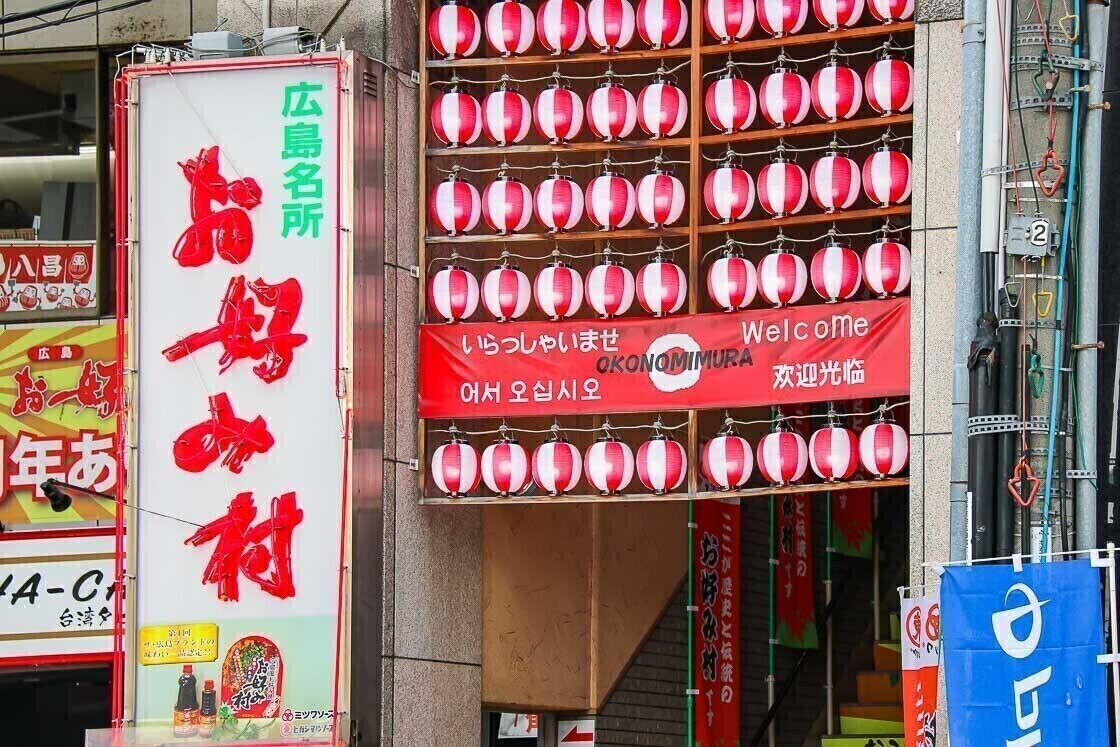
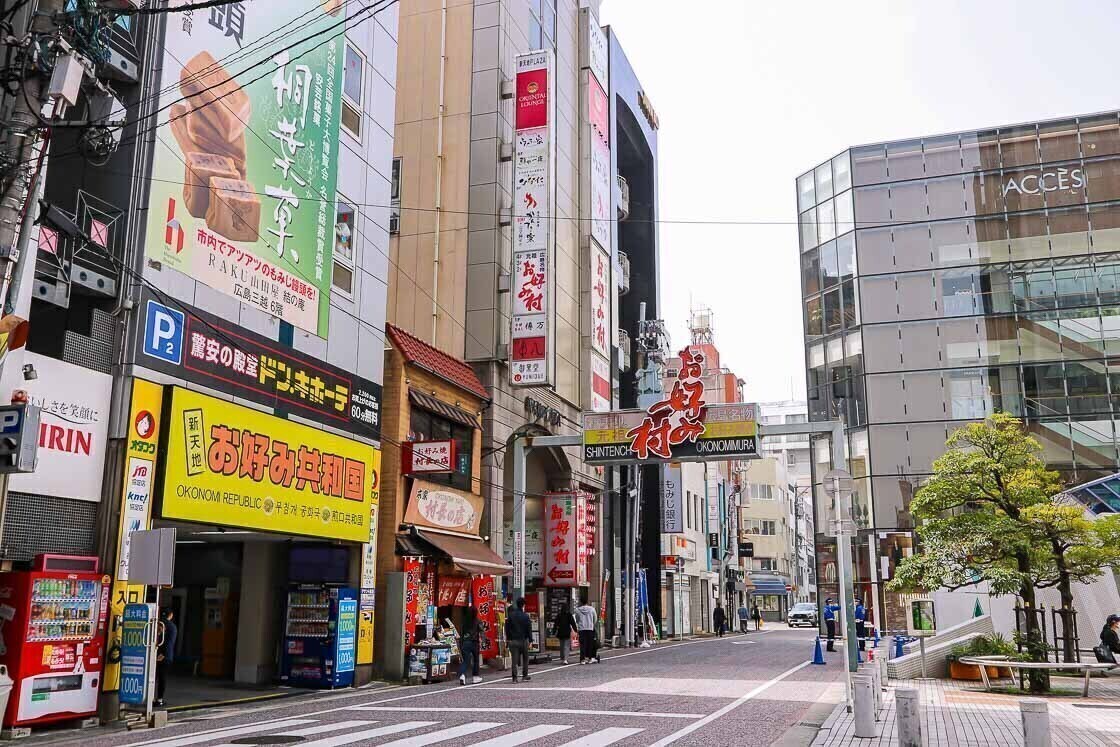
My activity at Okosta was approximately 90 minutes long. It was extremely fun and one I could see myself doing again with friends. Additionally, my instructor was very patient and explained the different types of okonomiyaki styles before we got started.
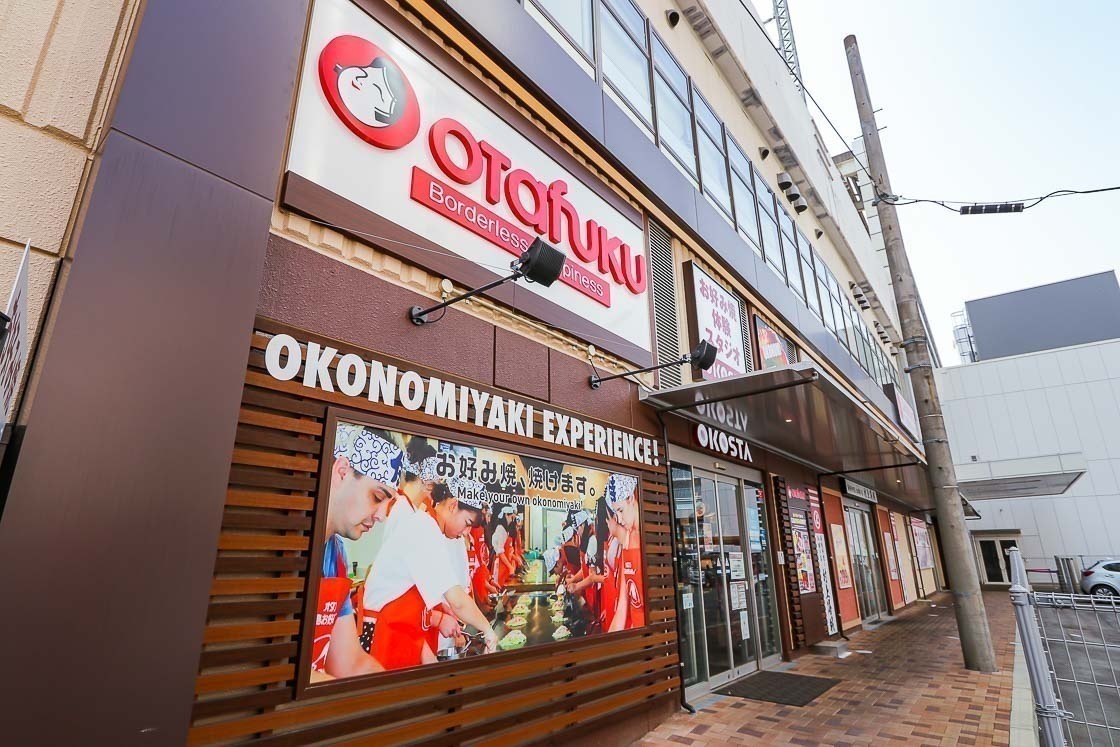
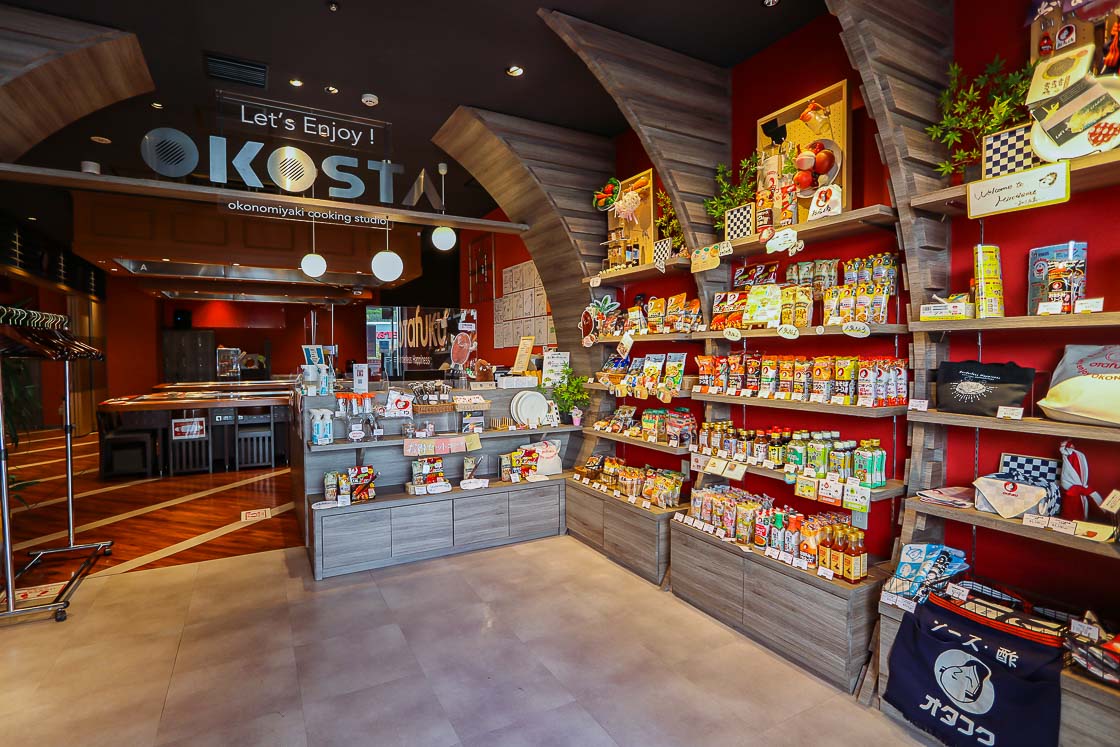
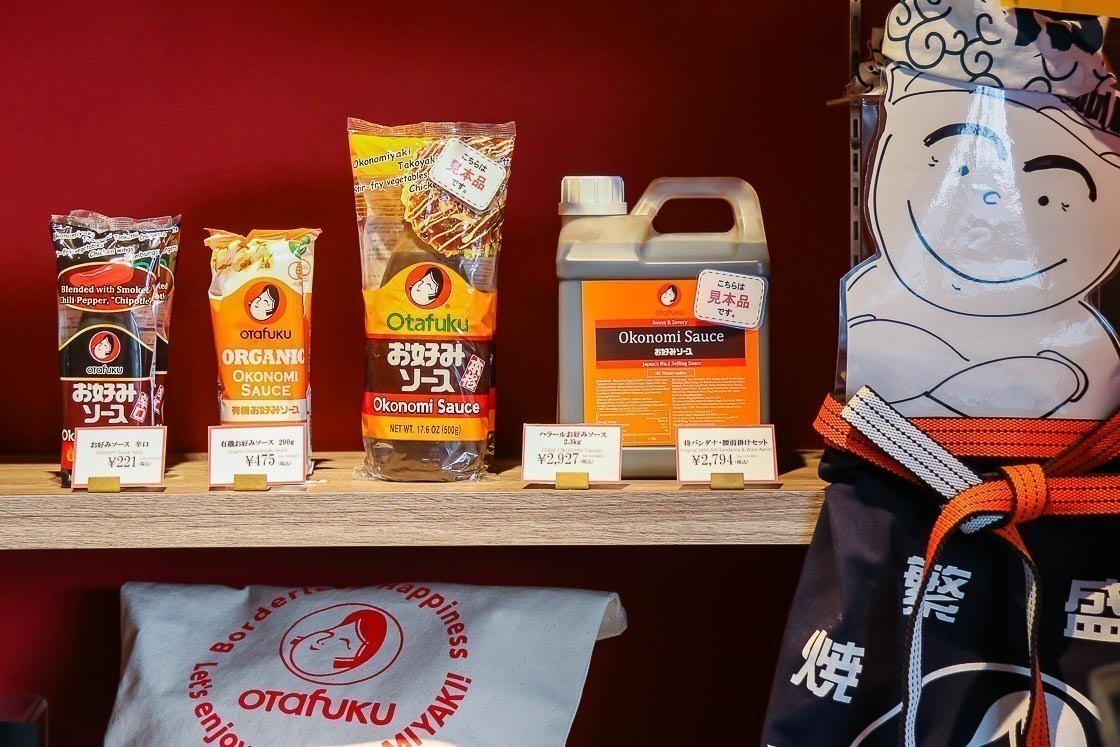
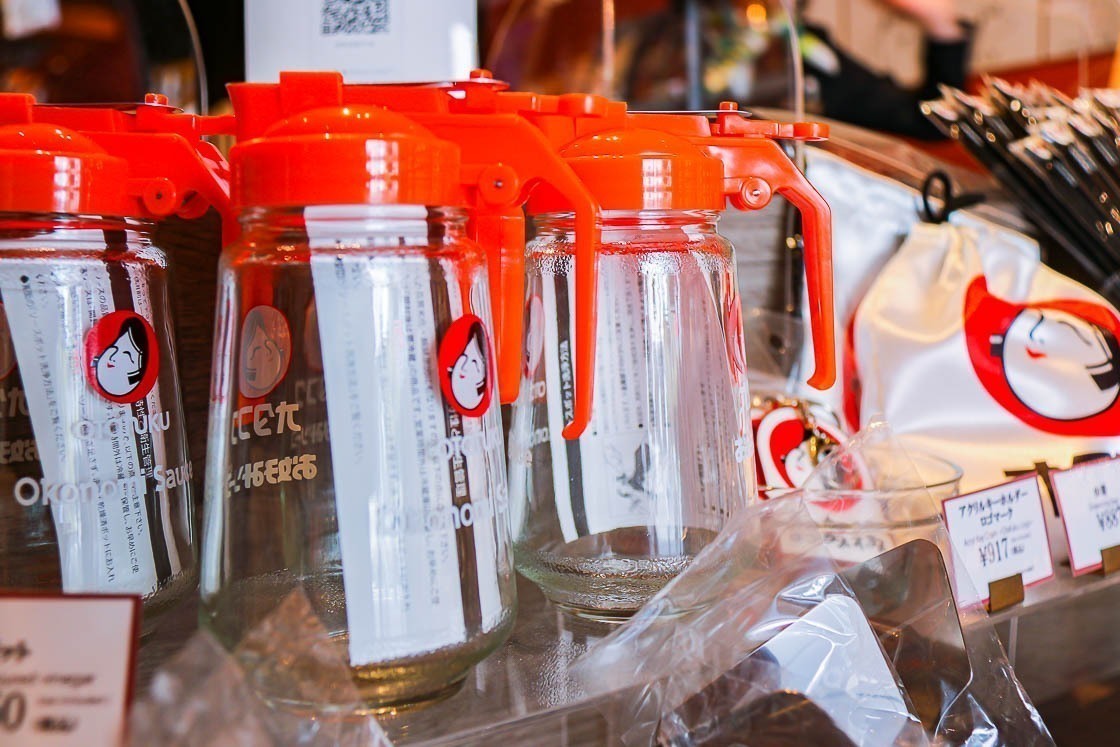
For my activity, I could choose an additional ingredient to add to the basic Hiroshima style okonomiyaki, which contains vegetables, slices of meat and noodles, and I went for fried squid crackers which is a local favorite. All the ingredients required to make the okonomiyaki were prepared in advance, and all I did was to follow my instructor's clear instructions, and made my very own okonomiyaki successfully! I appreciated that the pace was not too quick, and I had time to ask some of my burning okonomiyaki related questions.
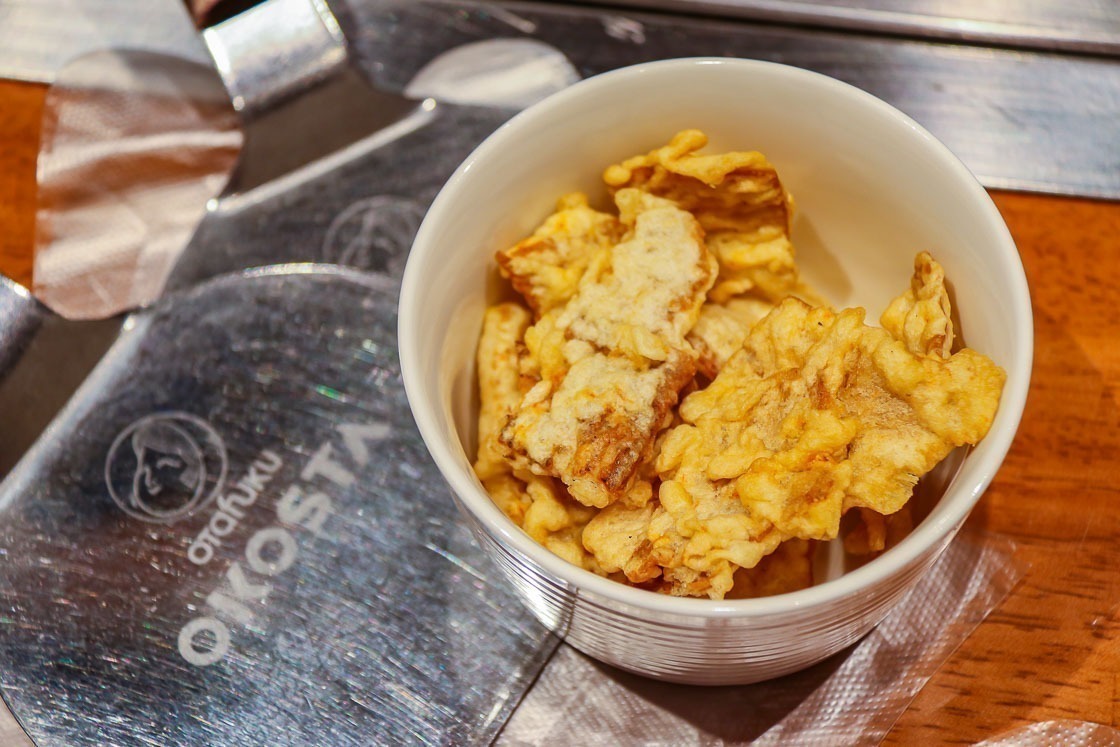
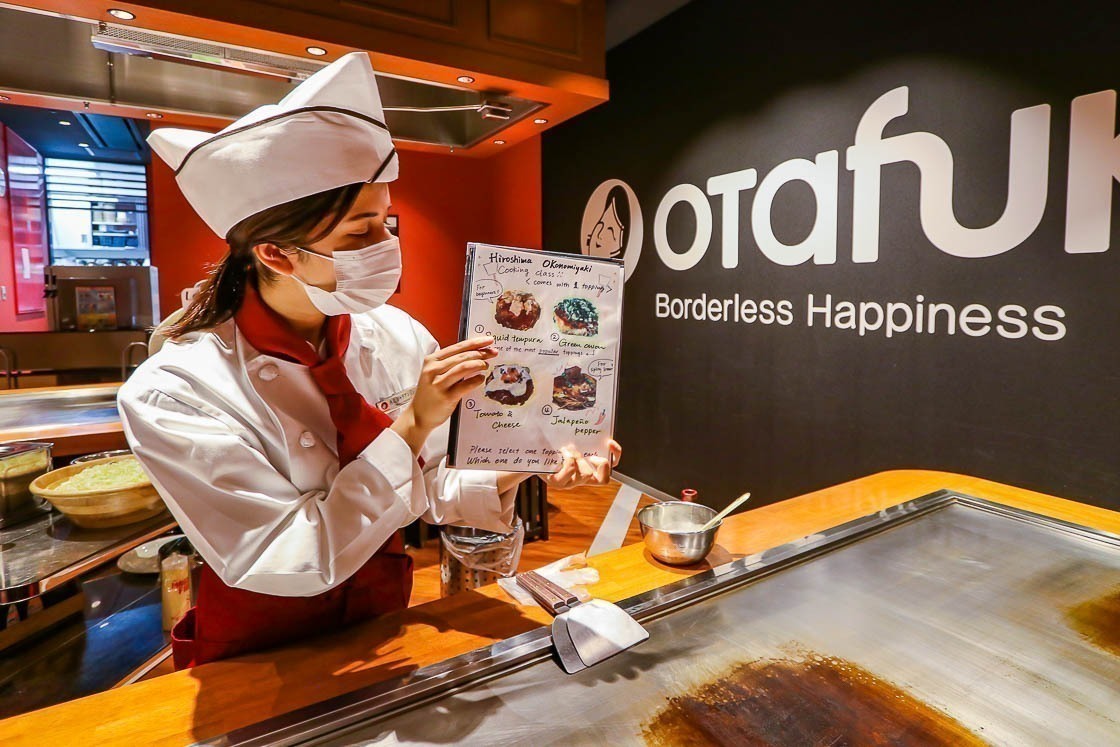
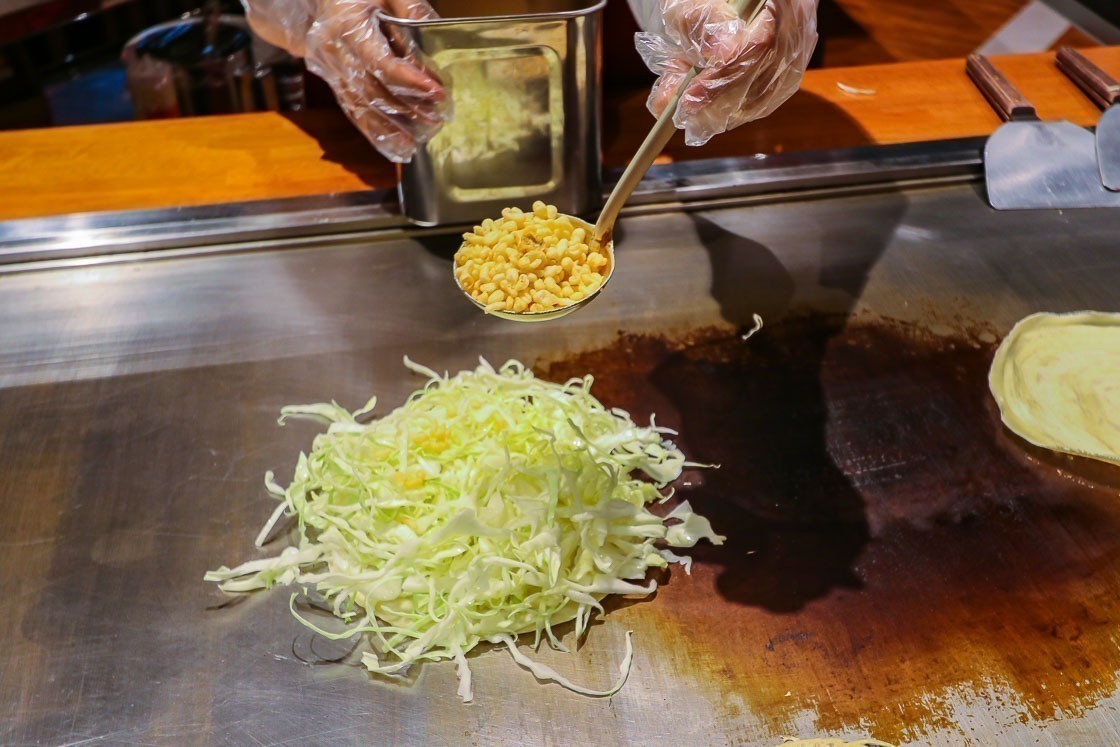
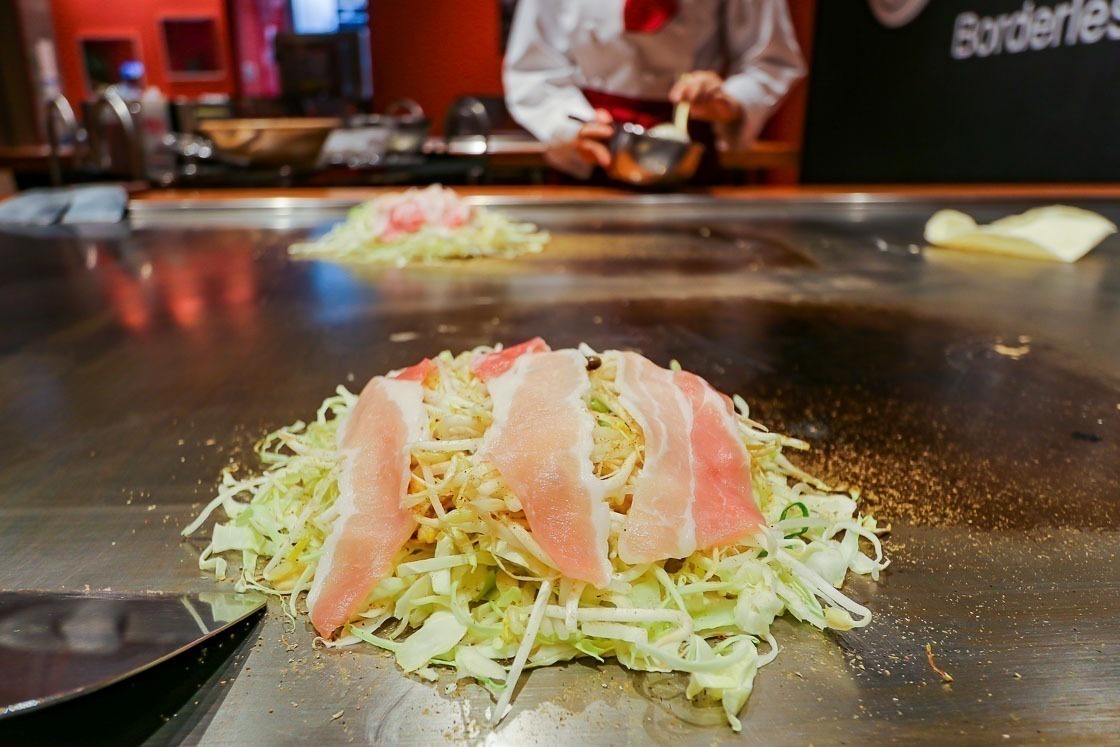
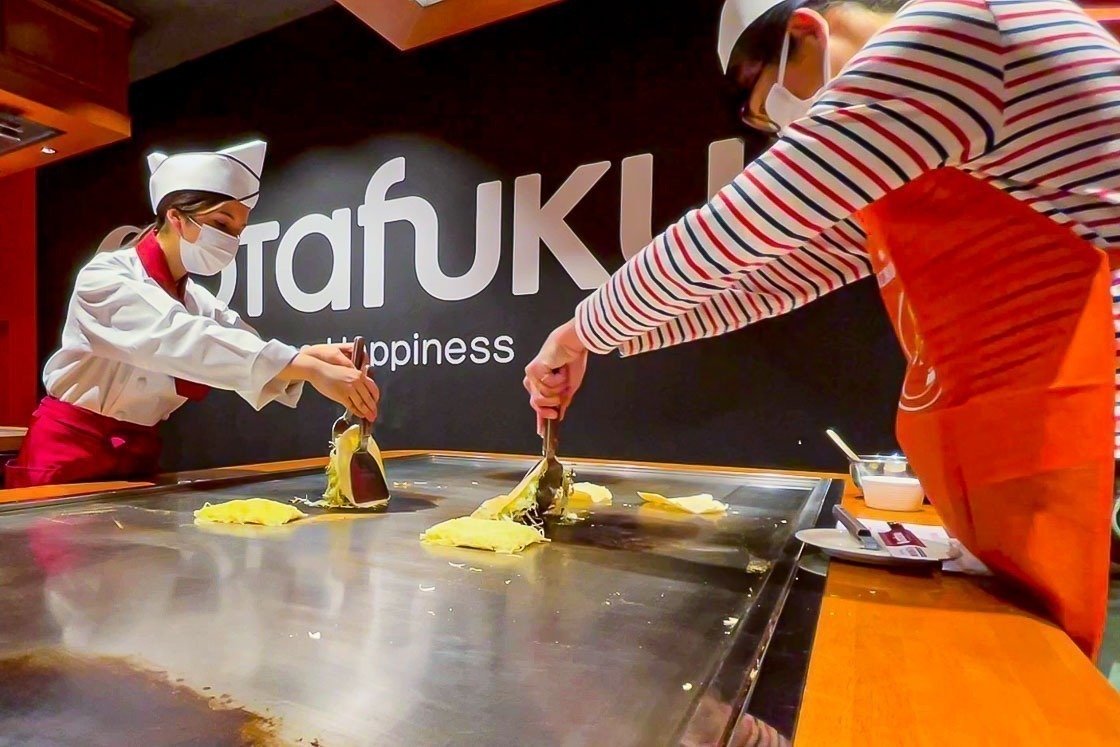
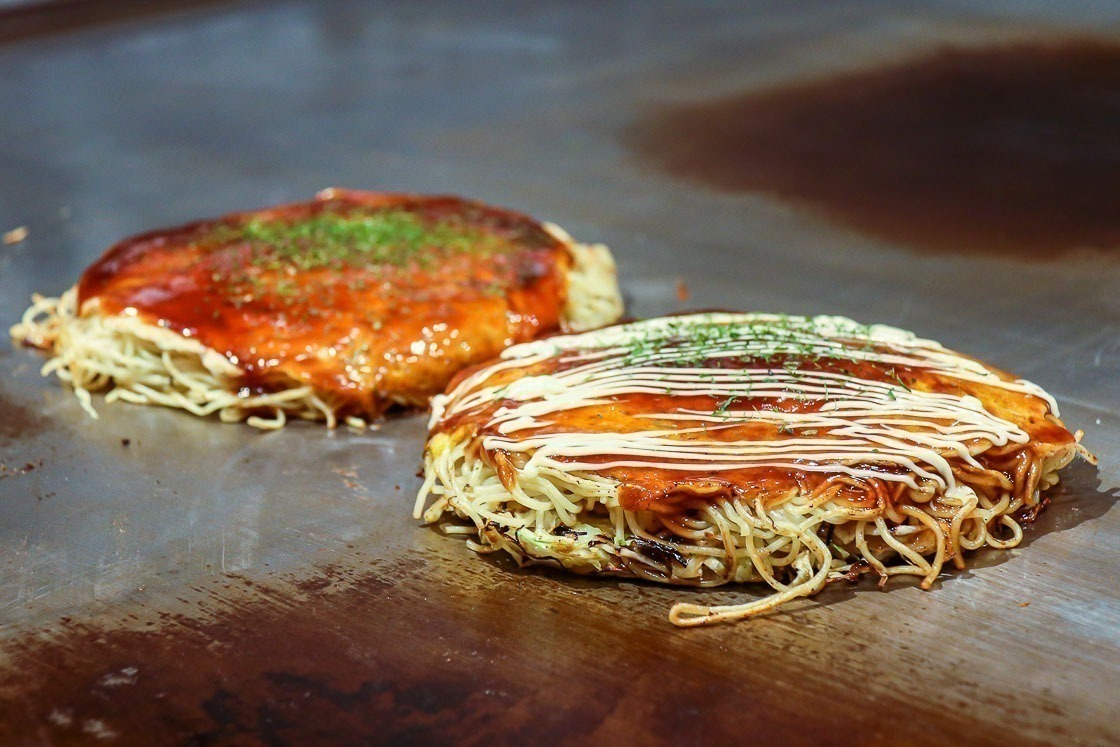
Vegetarian and Halal-friendly menus can be arranged, which makes this an inclusive activity for all travelers, unlike restaurants that usually do not have such options and typically provide the regular sauce only. I was also pleased to know that vegetarian and halal sauces were available at Okosta during the activity and also for sale.
After the primer to making okonomiyaki, eating my beautiful creation and sampling almost all the sauces they had, I have to say that Hiroshima style okonomiyaki rates highly on my favorite foods list. I've decided that it will be my go-to dish for whenever I'm in Hiroshima next, but first, perhaps I'll attempt to recreate it at home.
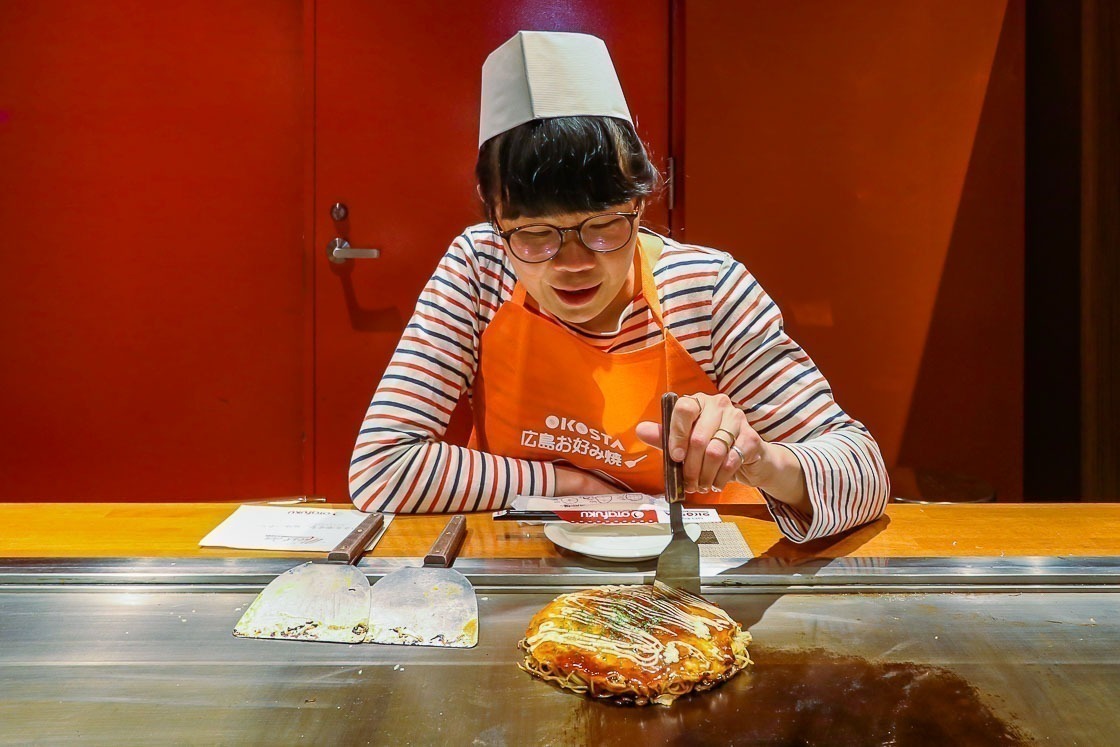
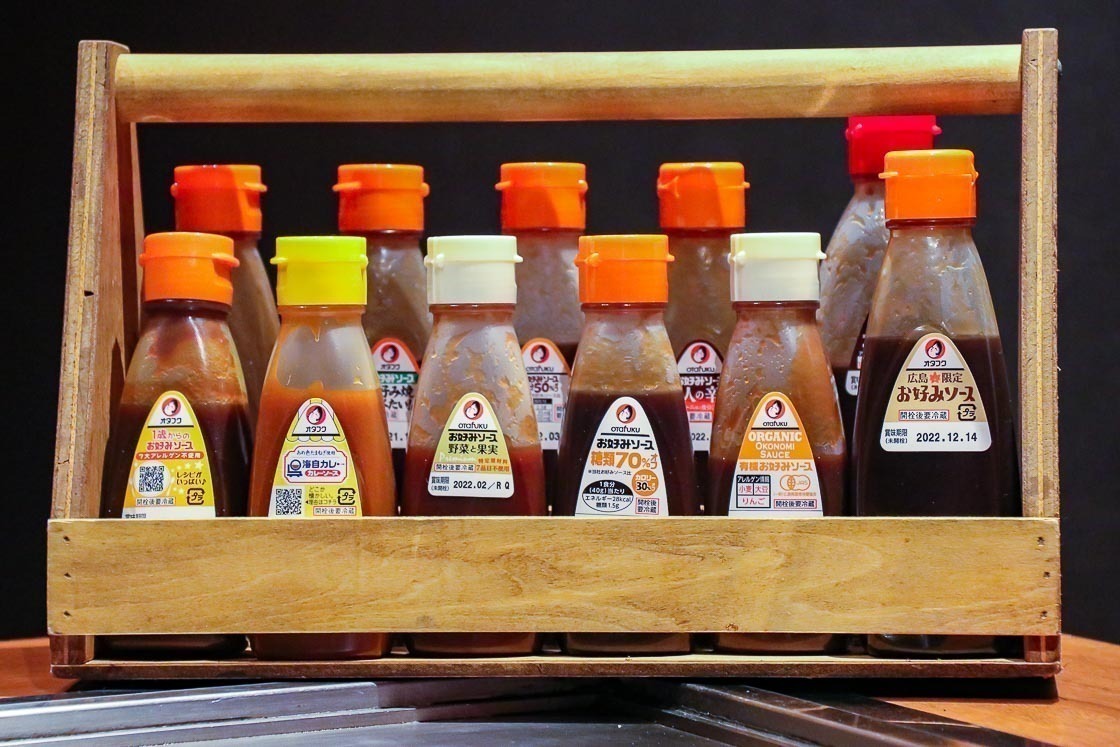
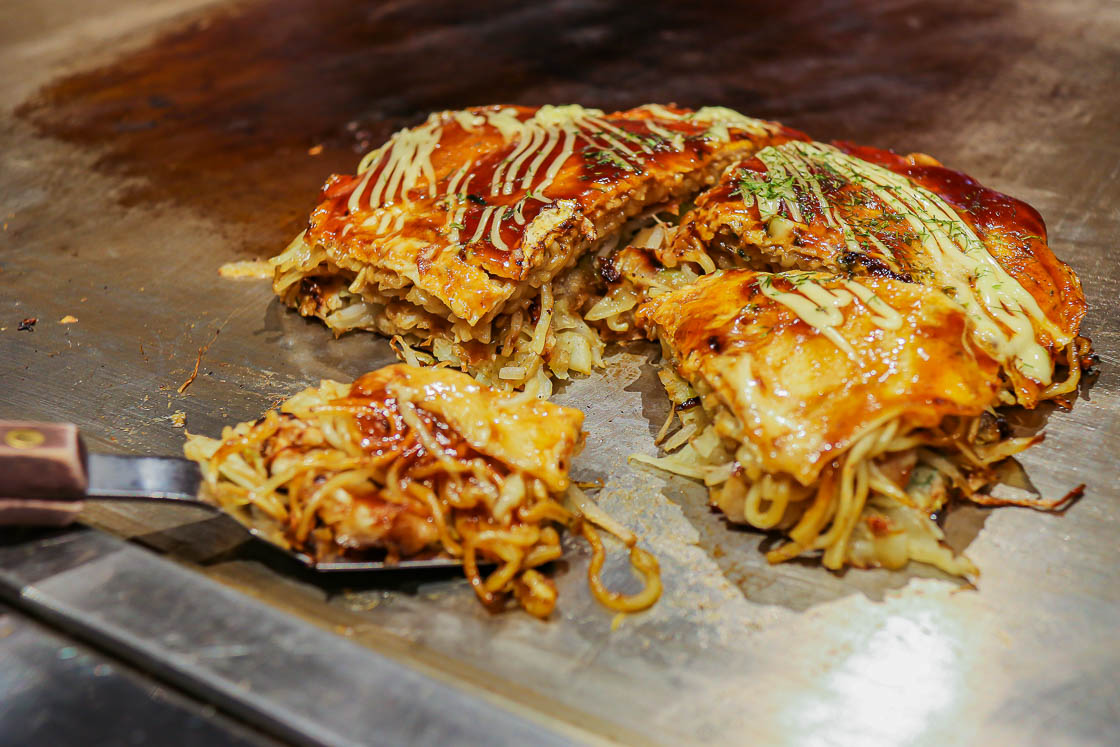
Continuing on, I made my way to Hondori Shopping Street, the main shopping street in central Hiroshima. It is an approximately 600 meter long shopping street with cafes and restaurants, to retail stores carrying fashion and daily necessities, one can find almost anything they need on Hondori. It is said that about 100,000 people pass through Hondori everyday.
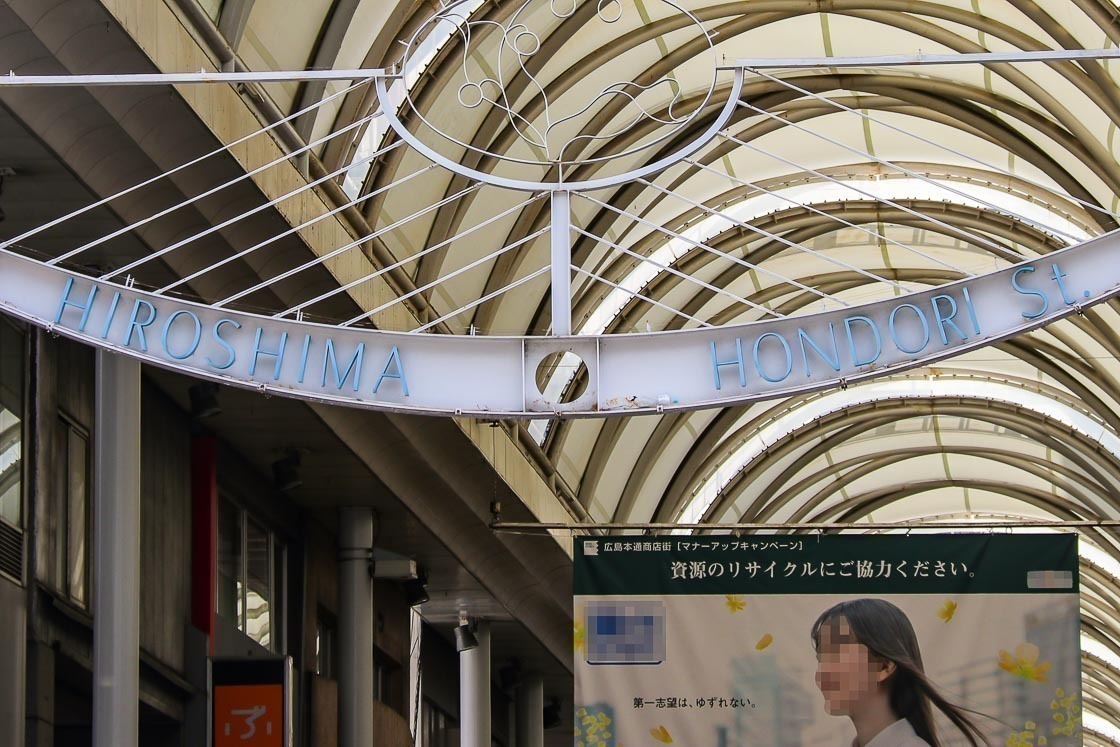
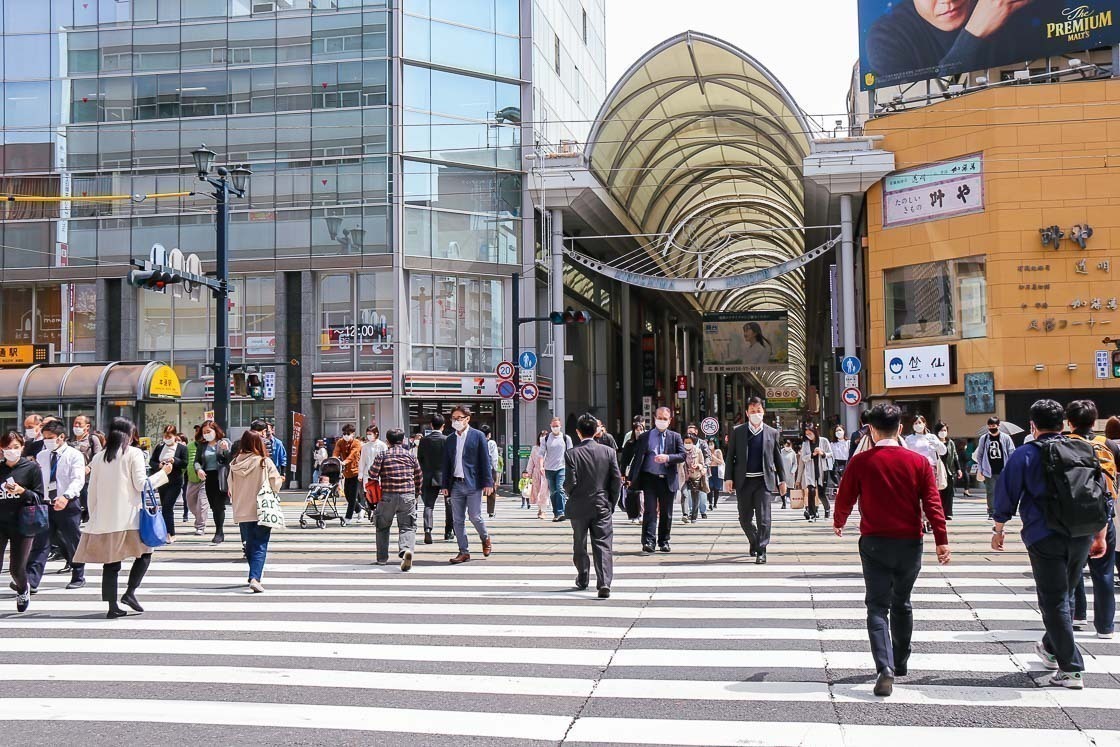
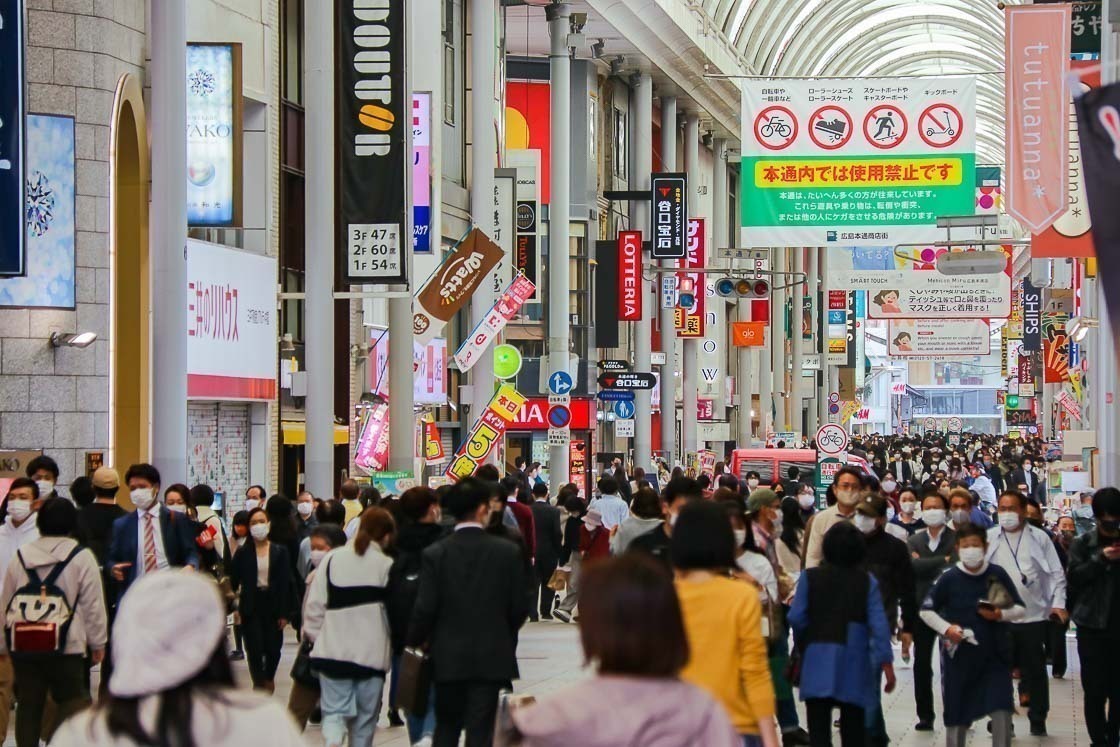
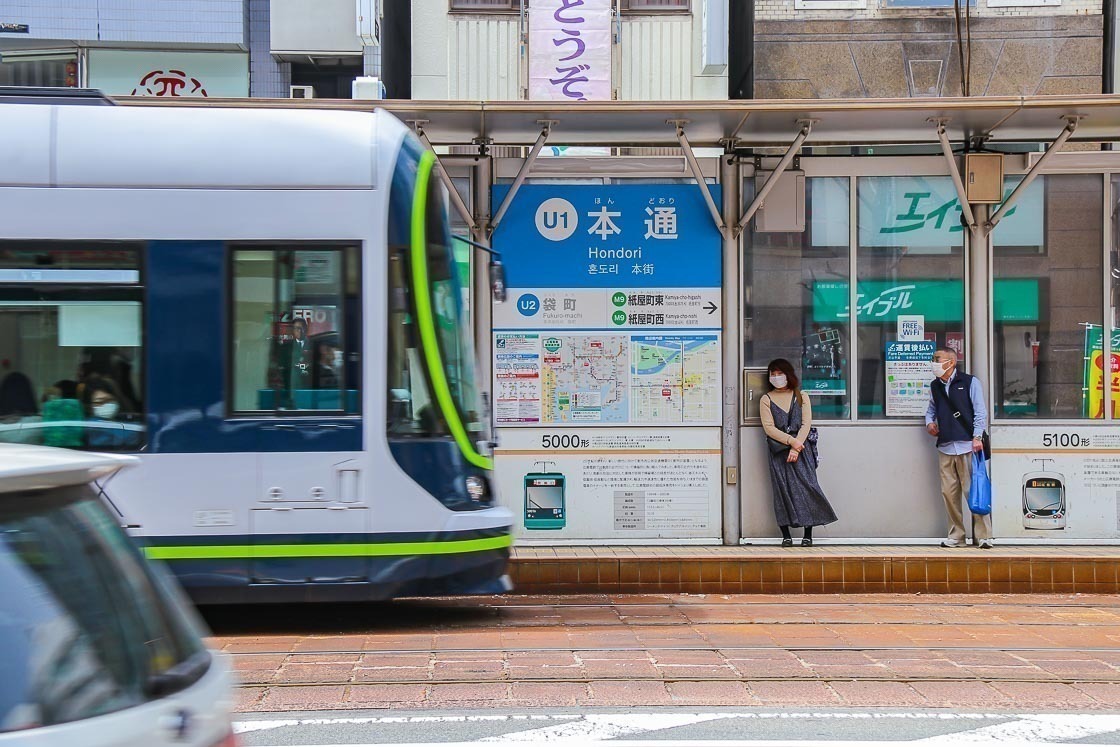
My walk down Hondori was very pleasant. Along the way, I passed by Andersen, a bakery with many outlets in Japan which has its origins in Hiroshima. Named after the Danish author Hans Christian Andersen, the philosophy of the bakery is to bring happiness, hopes and dreams to everyone with their bread just like the fairy tales H. C. Anderson wrote. The business has strong Danish influences, which can be seen from the bread menu, and its ties to Denmark resulted in visits by the Danish royalty when they were in Japan. Hiroshima Anderson has been at its current location for over 50 years, and provides a uniquely Japanese hygge experience.
Another shop that I found interesting in Hondori was the Hiroshima Yume Plaza, a souvenir shop selling all things edible made in Hiroshima. I had a fun time looking at all the different local products, and also gained an understanding of what products were particular to Hiroshima. Sauces, especially the ones for okonomiyaki, the pancake-like dish, were very popular. Locally grown citrus fruit like lemons also found their way into vinegar, jam and soy sauce. Oysters were also popular, with many products carrying the ingredient in various forms, like in oil or in curry.
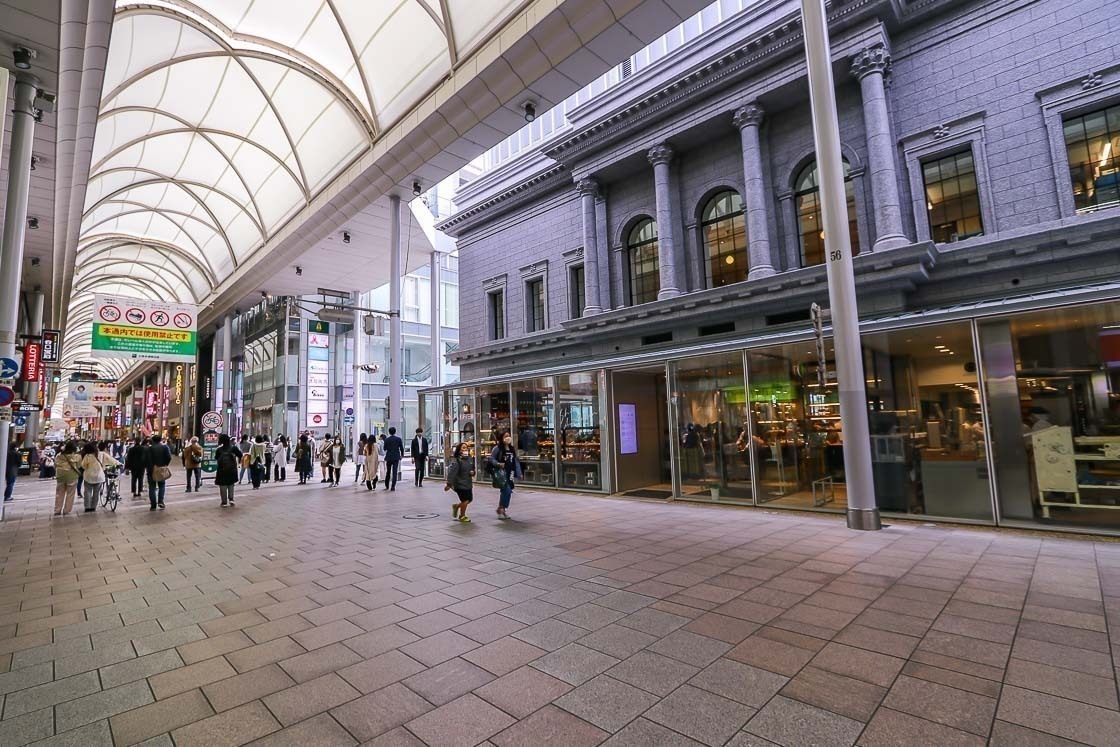
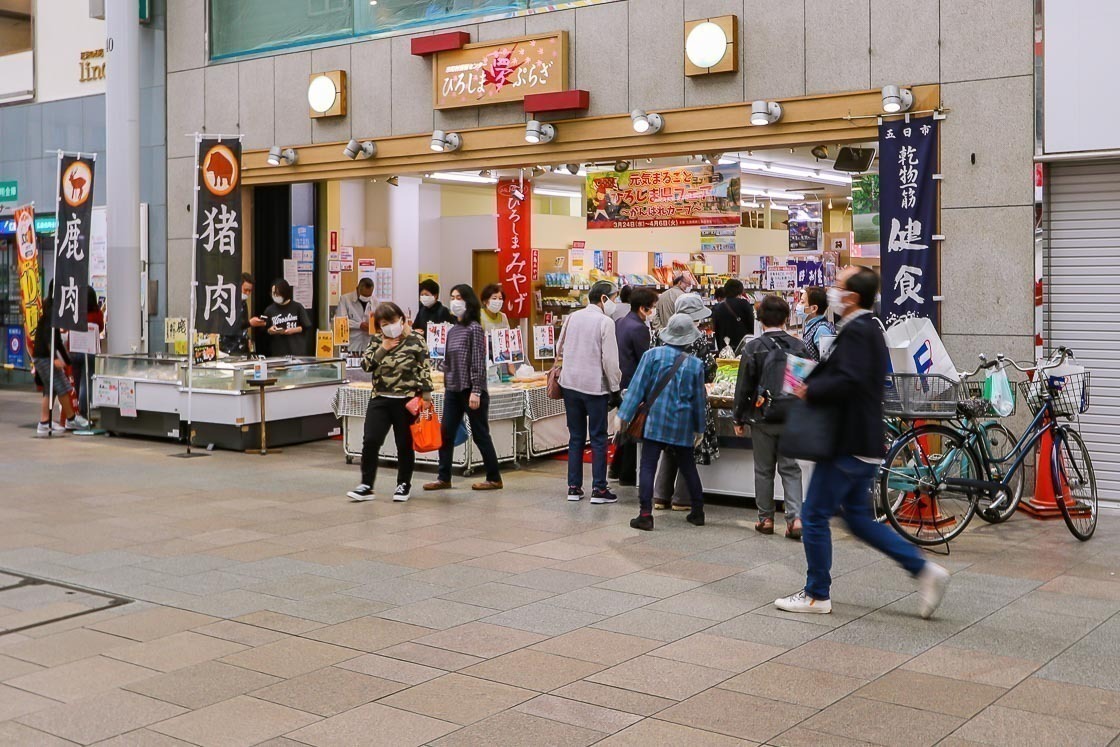
Hondori connects all way to the Peace Memorial Park where I learnt more about the devastation laid to Hiroshima by the atomic bomb and paid my respects to those who died as a consequence of the bomb. The park is situated on what used to be the city center of Hiroshima before the bombing, and is fairly large. Cherry trees can be found in the park, and the area becomes a popular cherry blossom viewing spot when the flowers are in bloom.
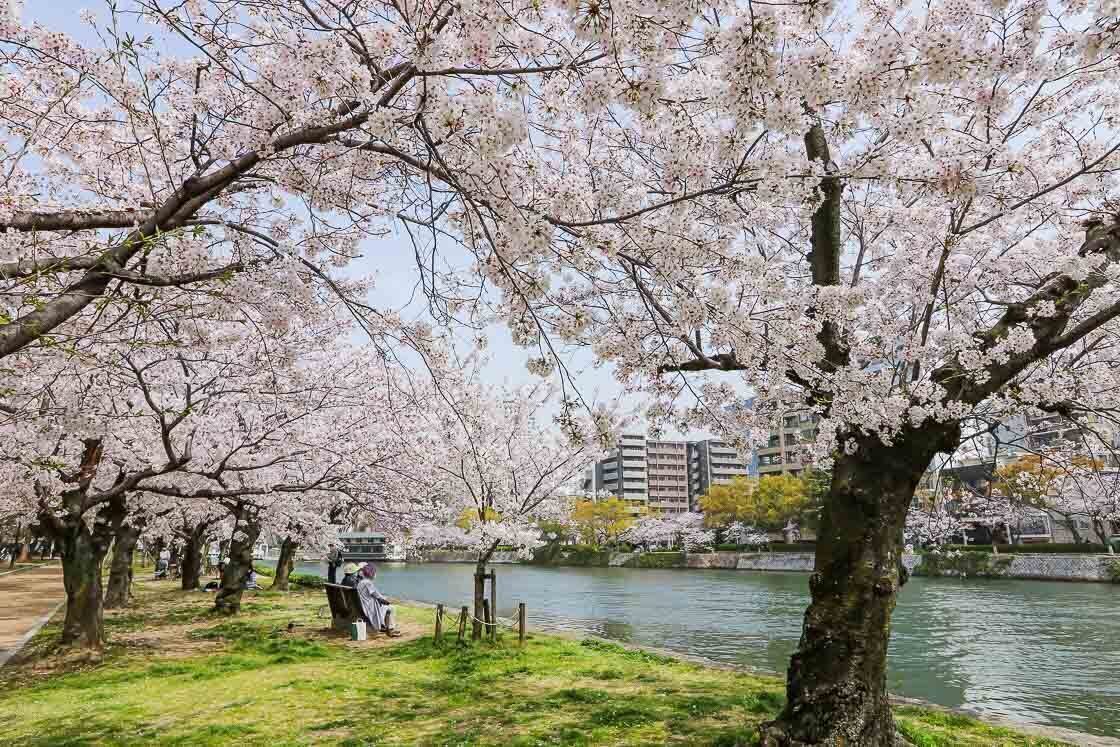
The first spot I visited at the park was the A-Bomb Dome, which used to be Prefectural Industry Promotion Hall. One of the few buildings not completely destroyed from that fateful day, the A-Bomb Dome stands a mere 160 meters from where the bomb detonated. While the building was not completely flattened, the blast killed everyone inside instantly. Preserved as it was after the bombing albeit reinforced with earthquake strengthening beams, the A-Bomb Dome serves as a visual reminder of the destructive nature of the atomic bomb.
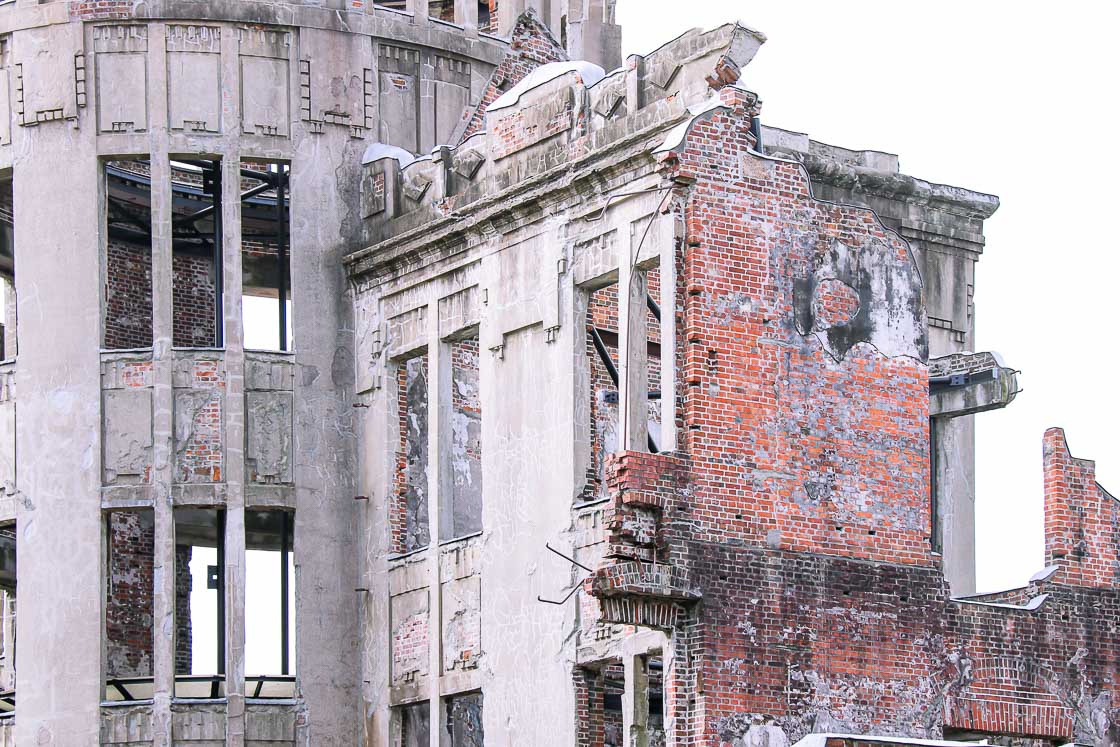
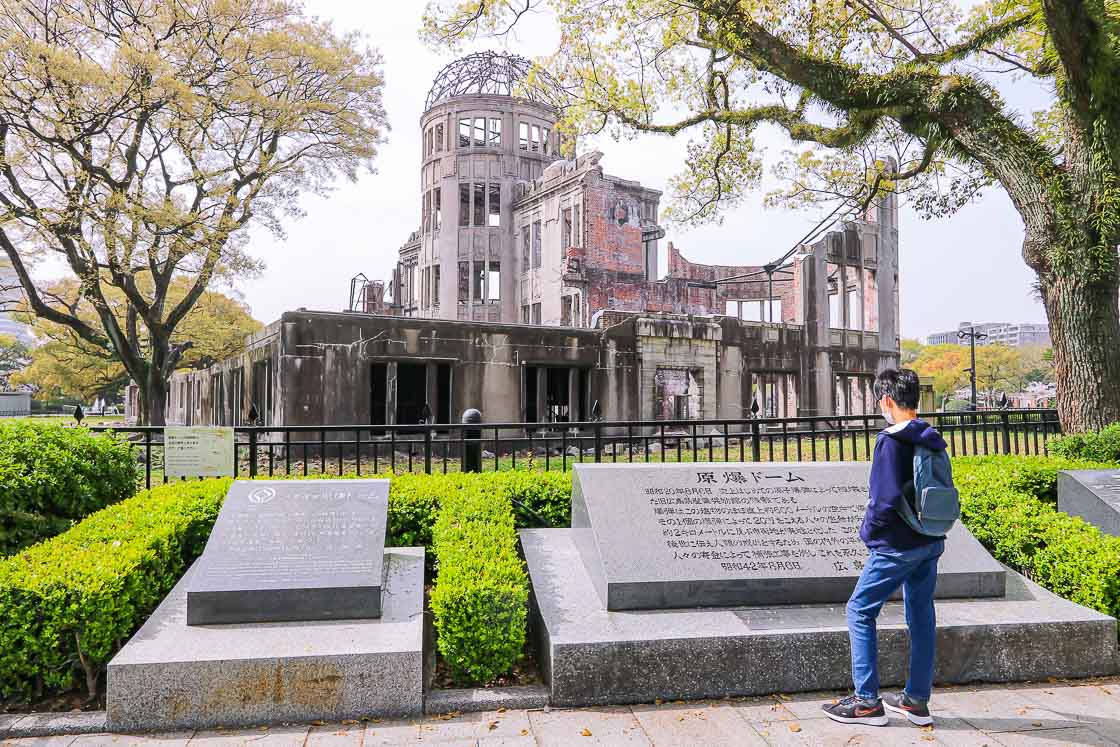
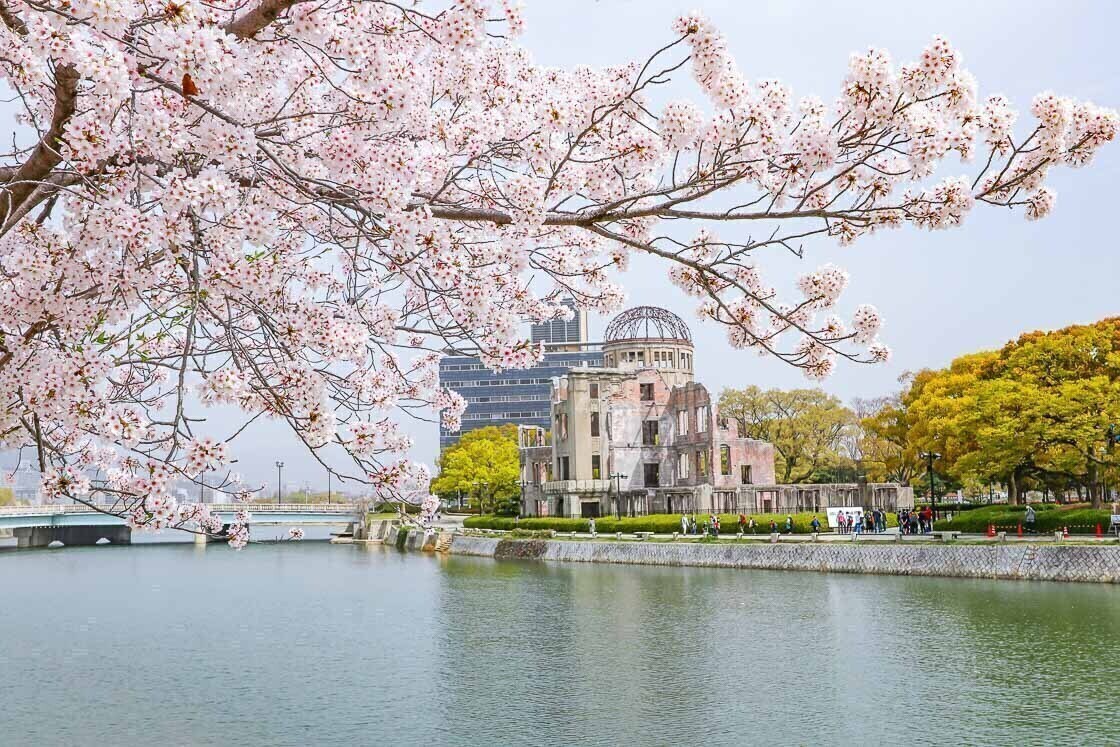
A few minutes away on foot is the Children's Peace Monument. It was built in memory to Sasaki Sadako, a girl who was exposed to radiation from the blast and died of leukemia ten years after, and also as a memorial for other children who perished due to the bombing. Sadako folded cranes through her long fight with leukemia, and today, many continue her legacy of folding paper cranes to pray and hope for peace in the world.
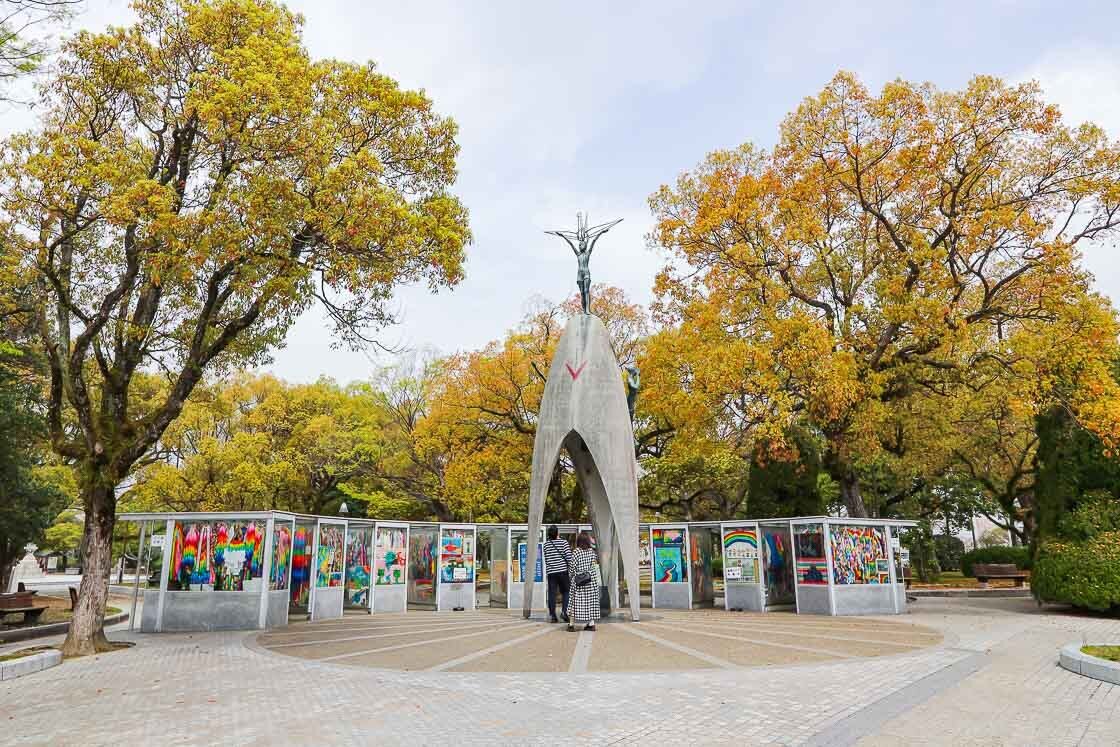
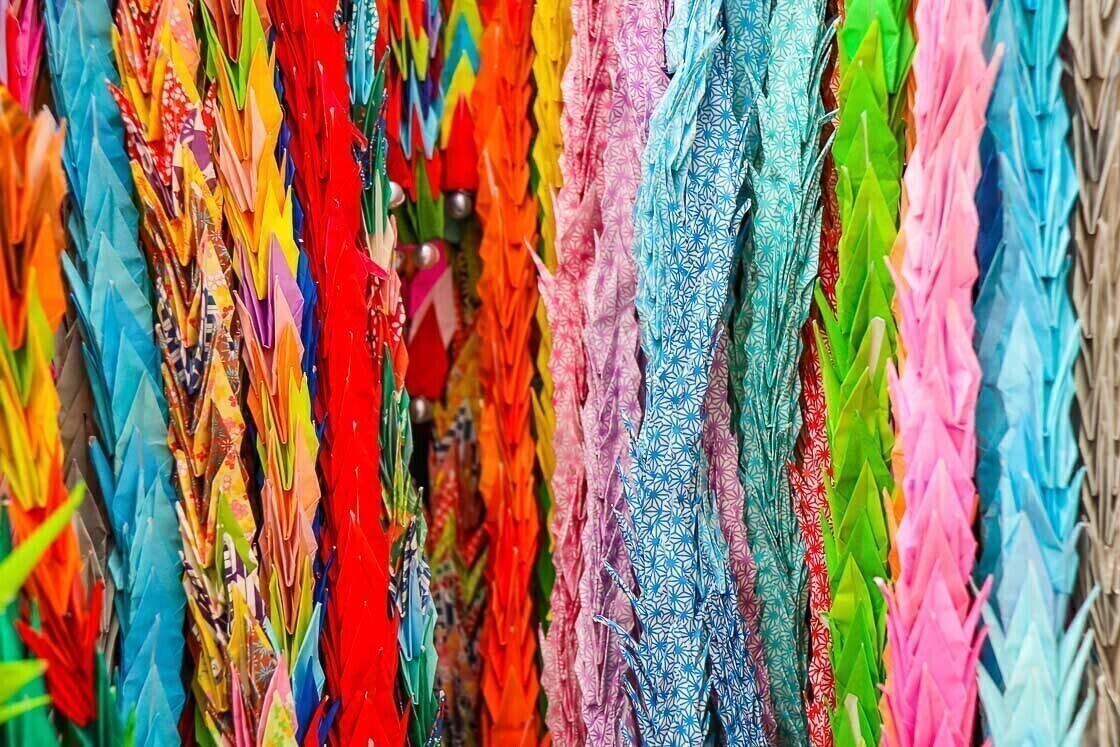
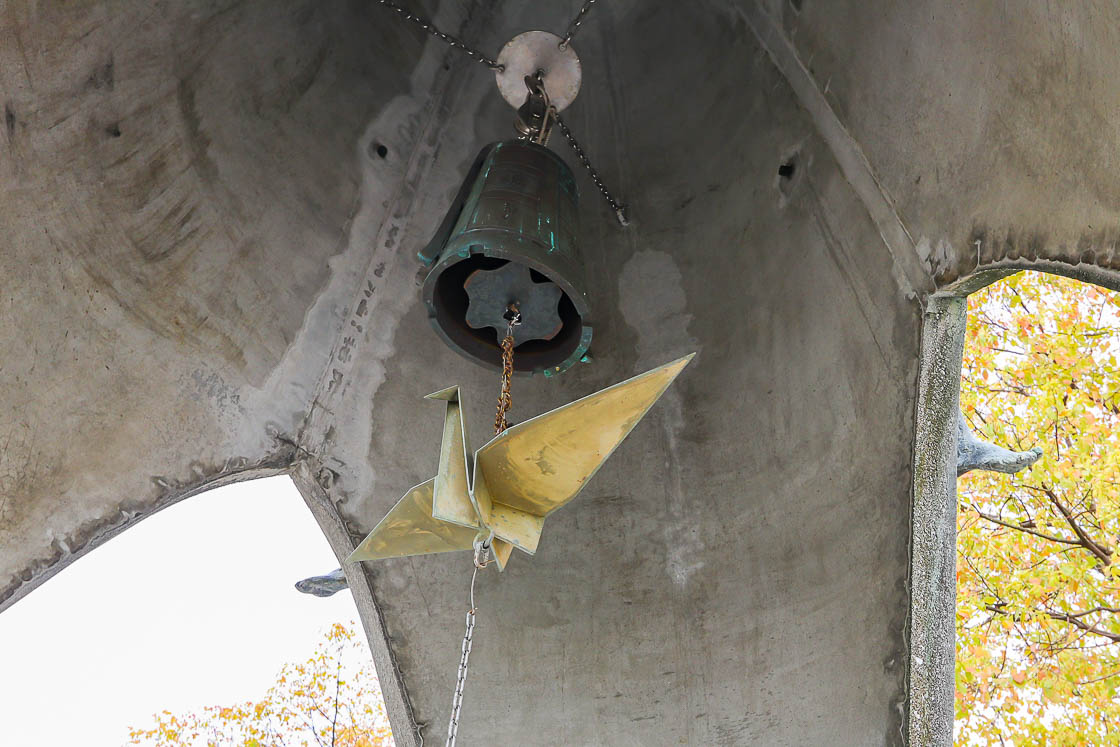
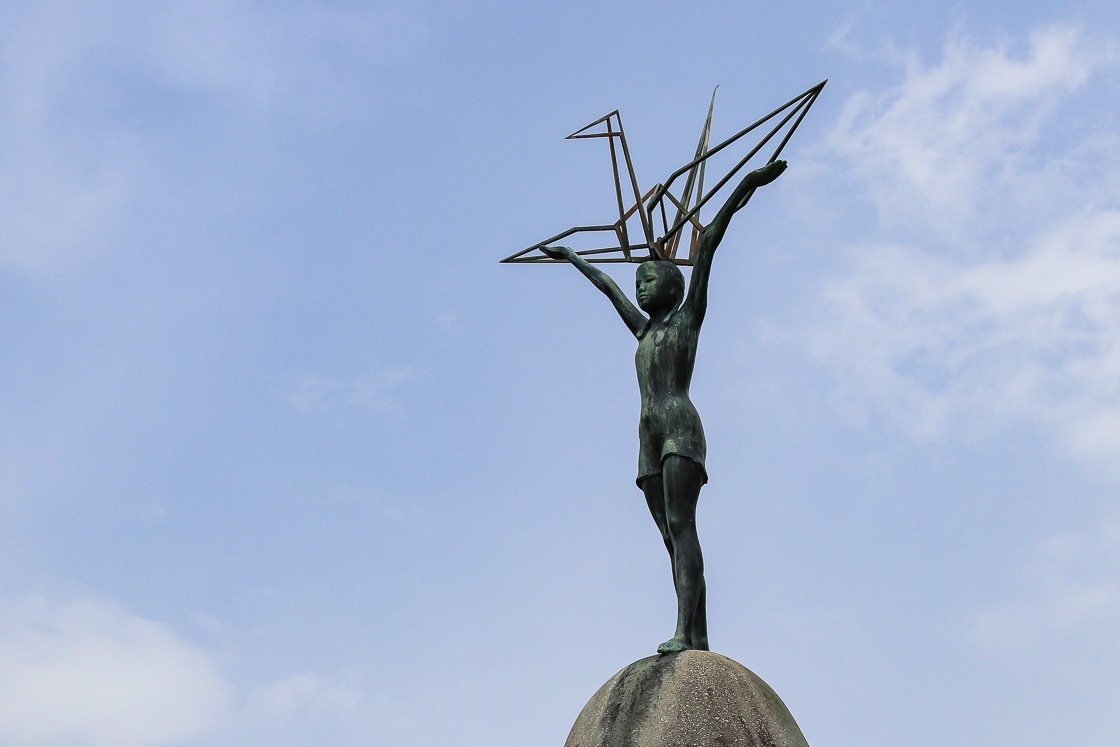
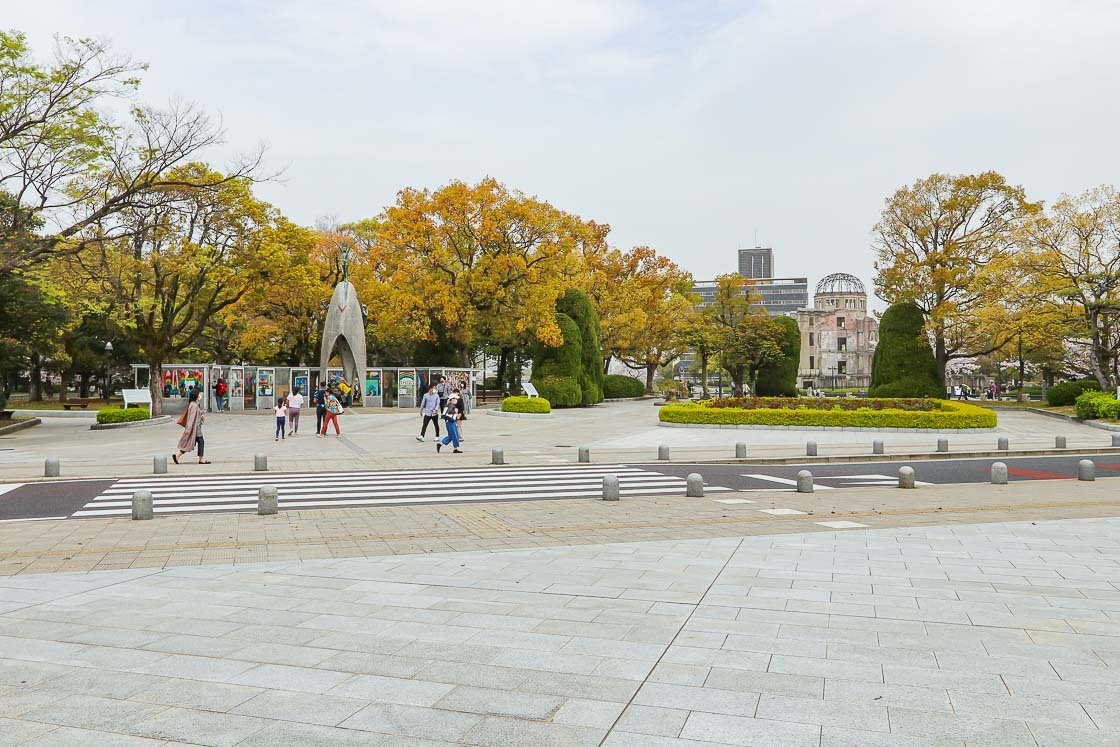
Continuing on my walk through the park, I headed towards the Cenotaph for Atomic Bomb Victims, where the names of those who passed away because of the atomic bombing are inscribed. Many come here to pay their respects to those whose lives were sacrificed, and I spent a quiet moment here.
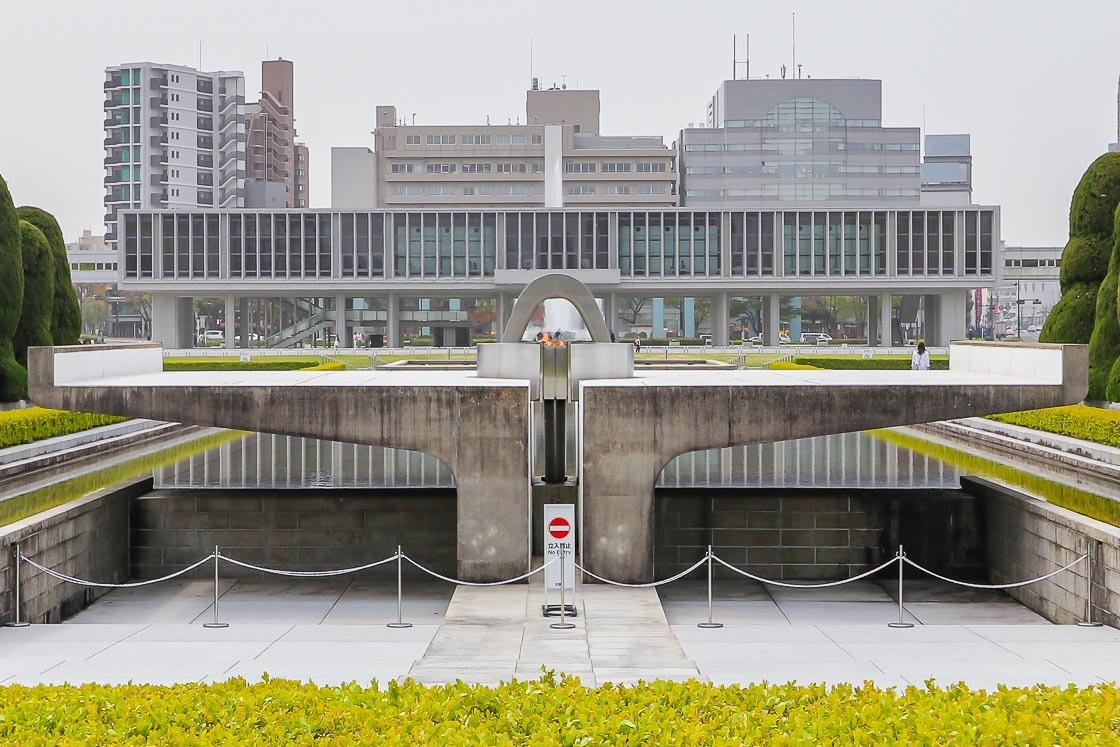
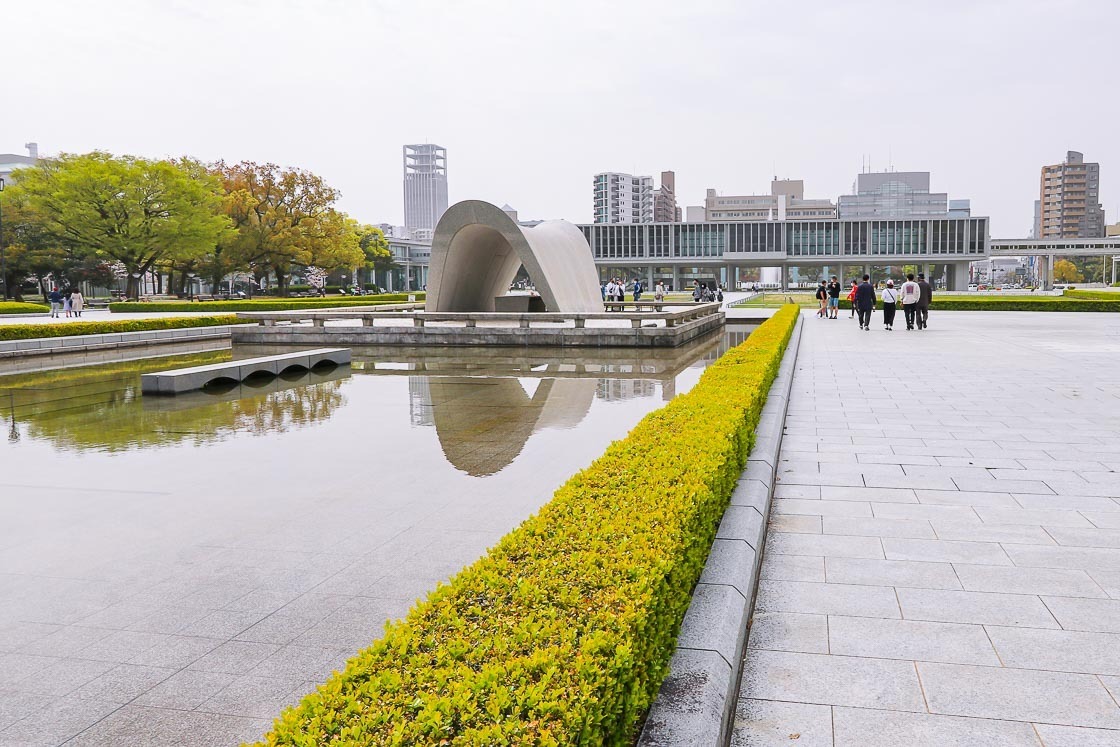
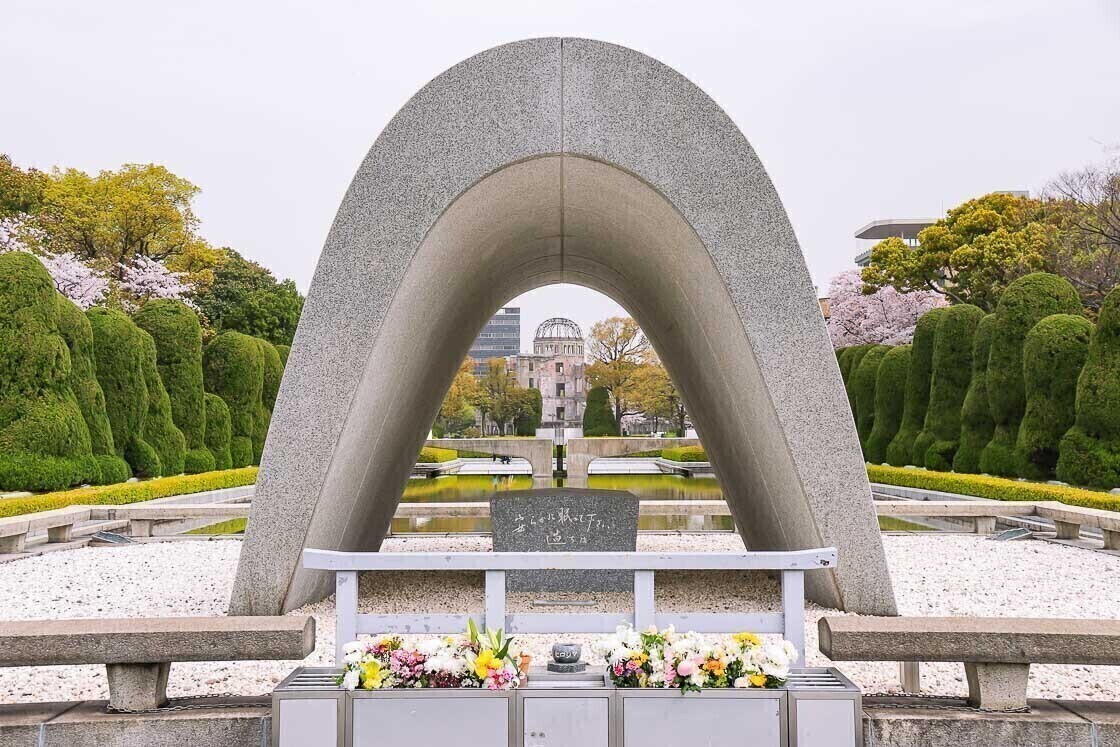
The Hiroshima Peace Memorial Museum stands at the opposite end of the park from the A-Bomb Dome. It is a sobering museum that documents the destruction and aftermath of the blast. Displays include personal effects of those who died in the atomic blast, stories of those who survived the bombing only to succumb later due to exposure to the high levels of radiation, and photographs and drawings depicting the situation at that time. The museum demonstrated clearly the effects of an atomic bomb, and definitely gave me a lot of food for thought regarding the use and construction of nuclear weapons.
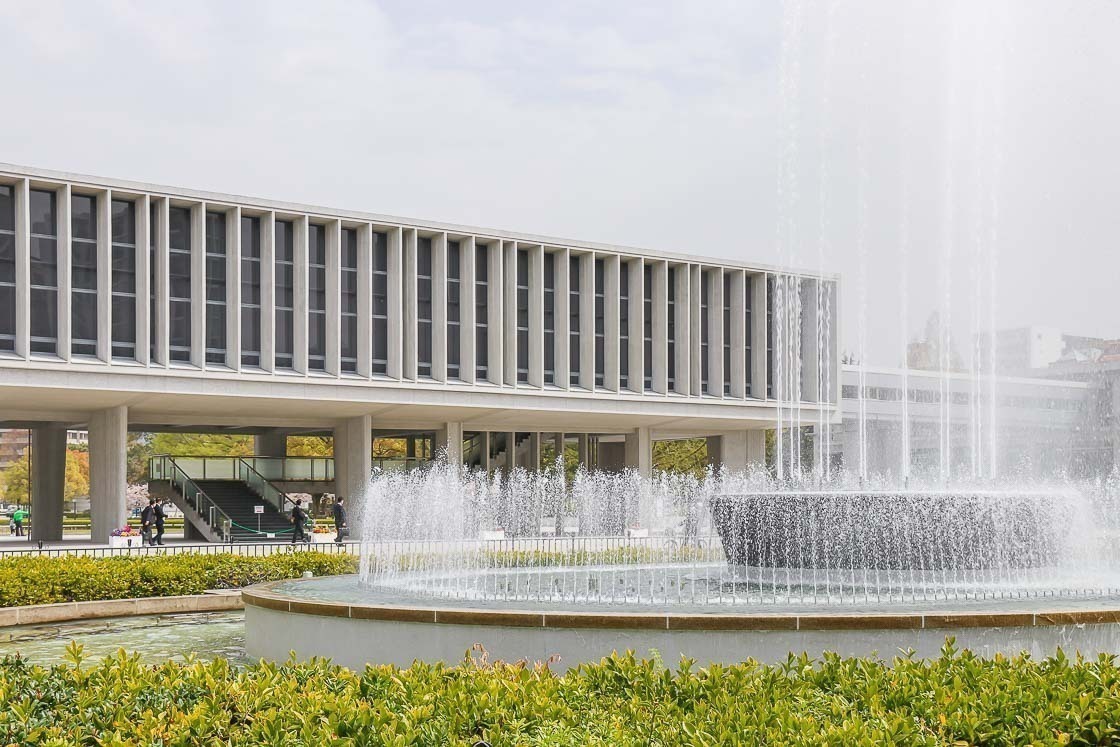
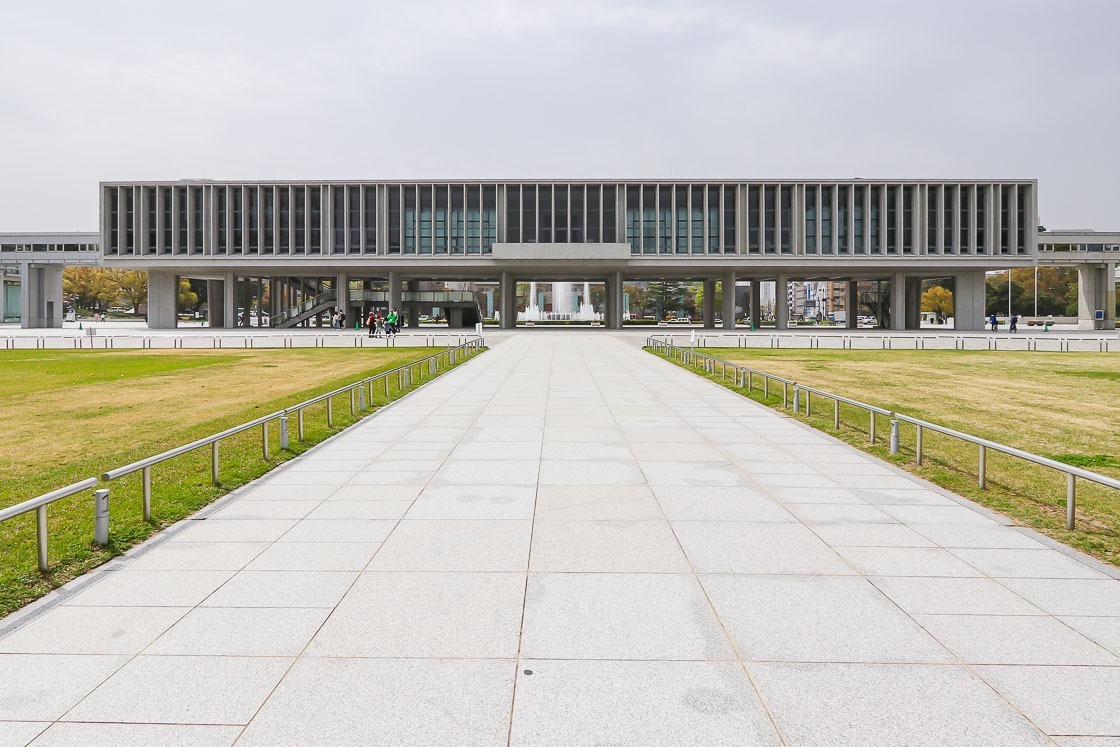
After emerging from the museum, I took some time to bask in the sunshine in the park. Additionally, I was there during spring when the cherry blossoms were at full bloom, which gave me the opportunity to stroll under the open blossoms and bring the day to a relaxing close.
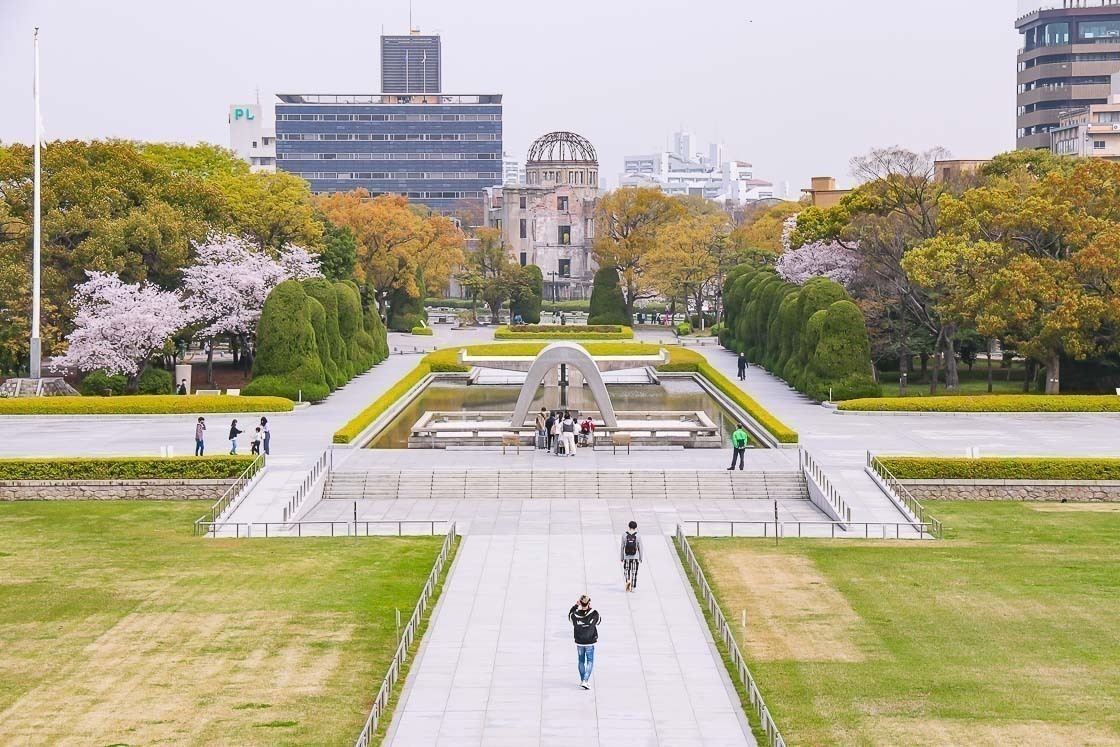
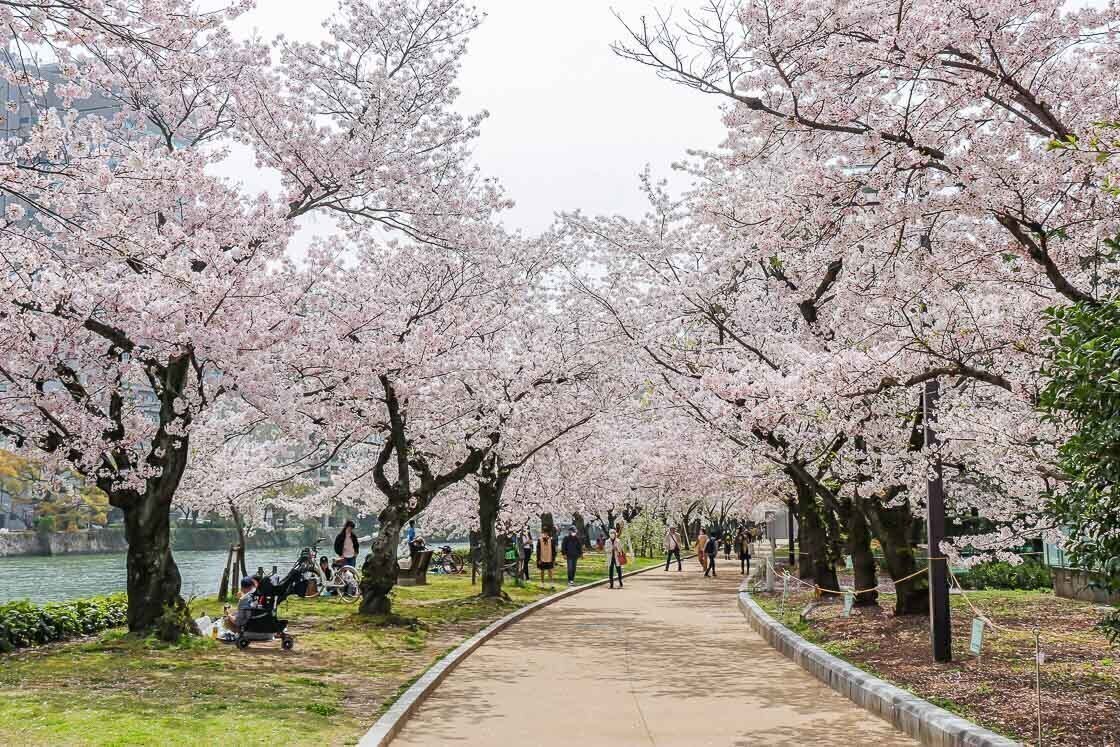
That was my one day tour experiencing the highlights of central Hiroshima. There were a few more spots to check out in the city, but I'll save those for the next time. All the more reason to return to Hiroshima again and again.
Access from Tokyo, Osaka or Kyoto
Tokyo, Osaka and Kyoto are connected to Hiroshima Station, the main station serving the city, by the JR Tokaido/Sanyo Shinkansen. The one way bullet train journey from Tokyo to Hiroshima takes about four hours and costs about 19,000 yen. From Osaka or Kyoto, the one way bullet train journey takes about 1.5 hours and costs about 10,500 yen. The Japan Rail Pass covers the cost of the entire shinkansen ride, but note that it cannot be used to ride the Nozomi bullet trains.
Buses and street cars provide access within the city center, and good walkers can cover the distance between the station and the city center on foot in about 30 minutes.
